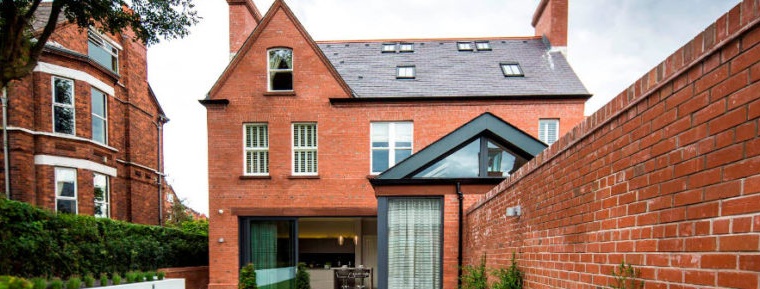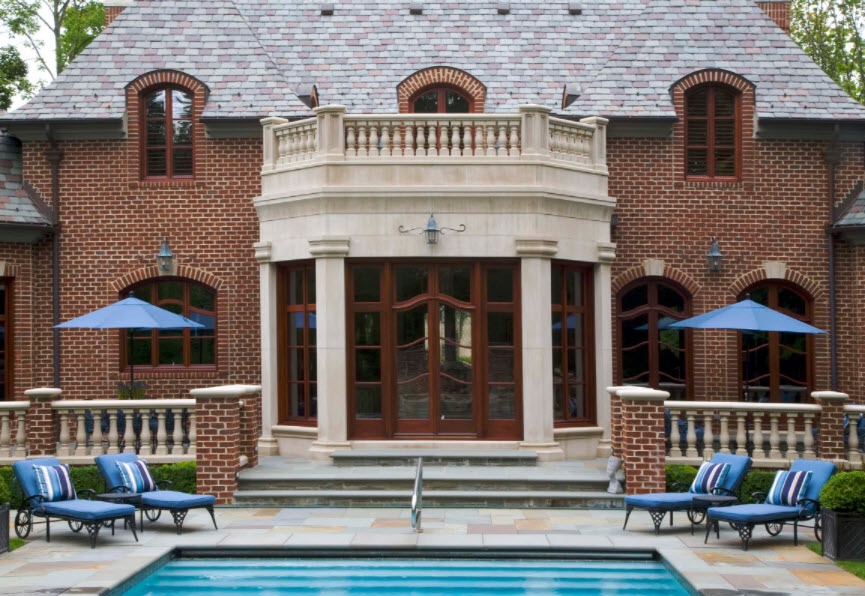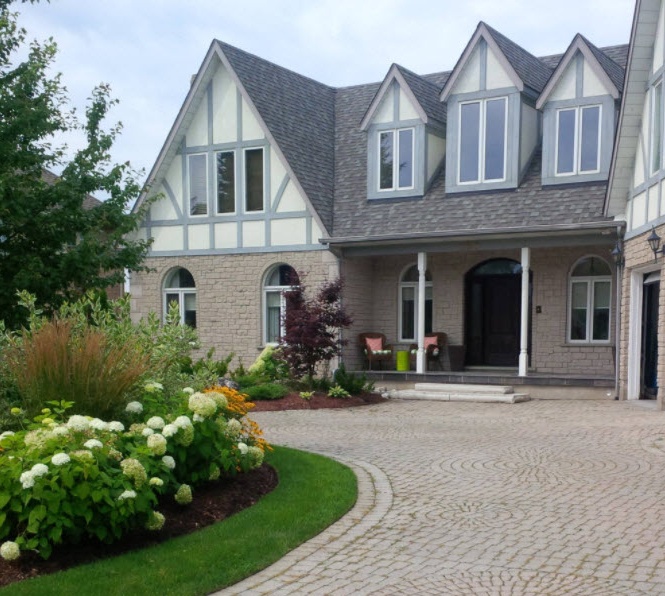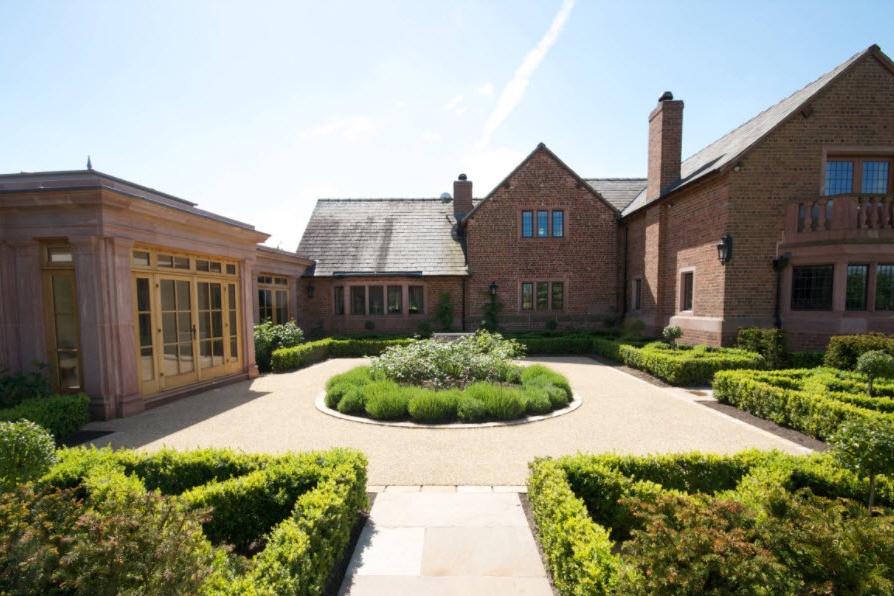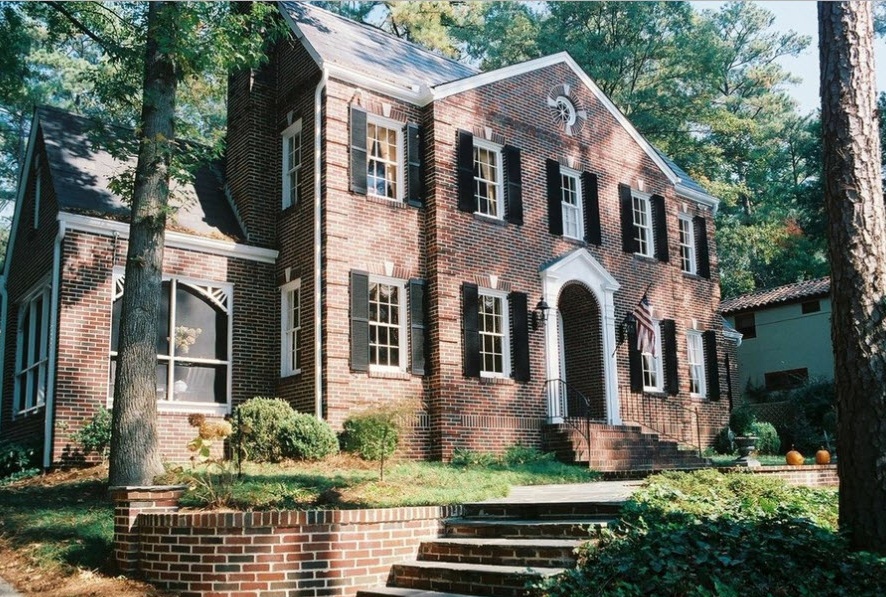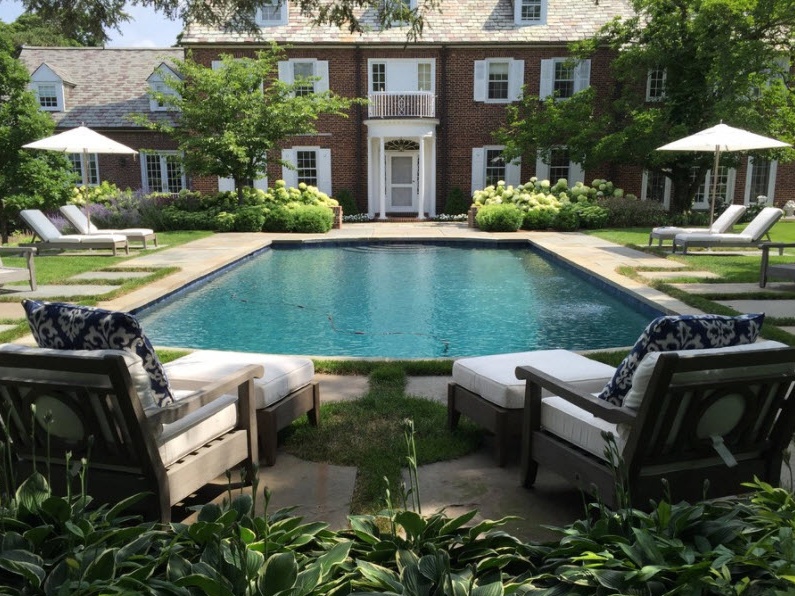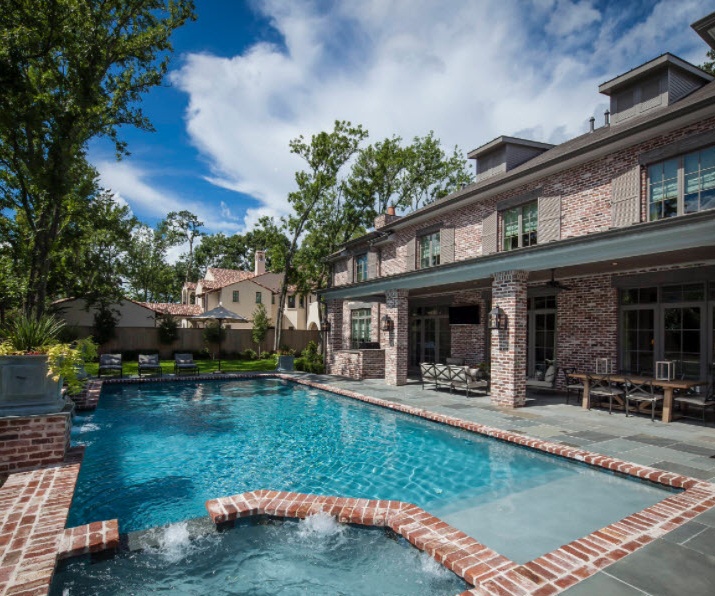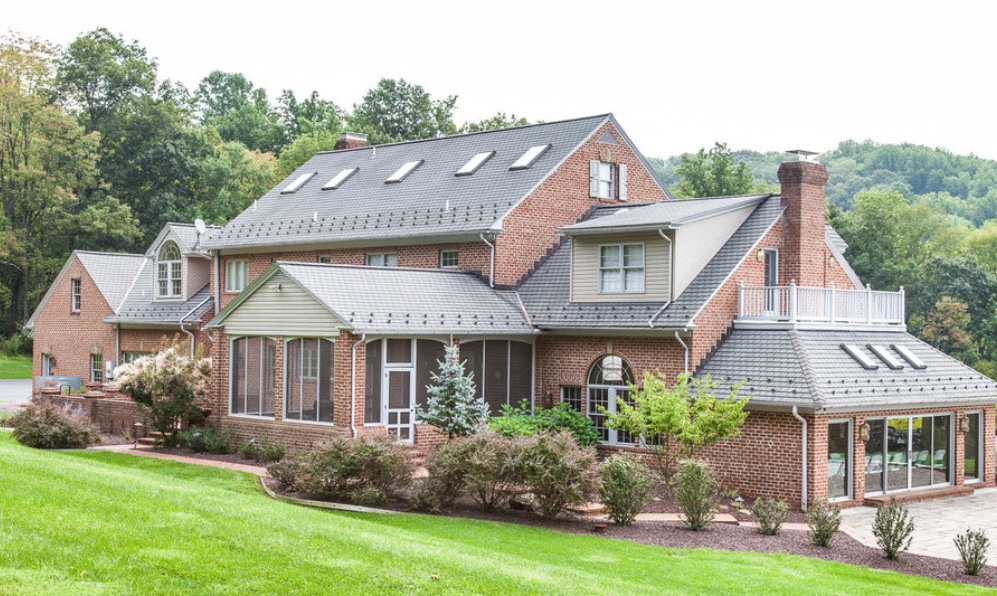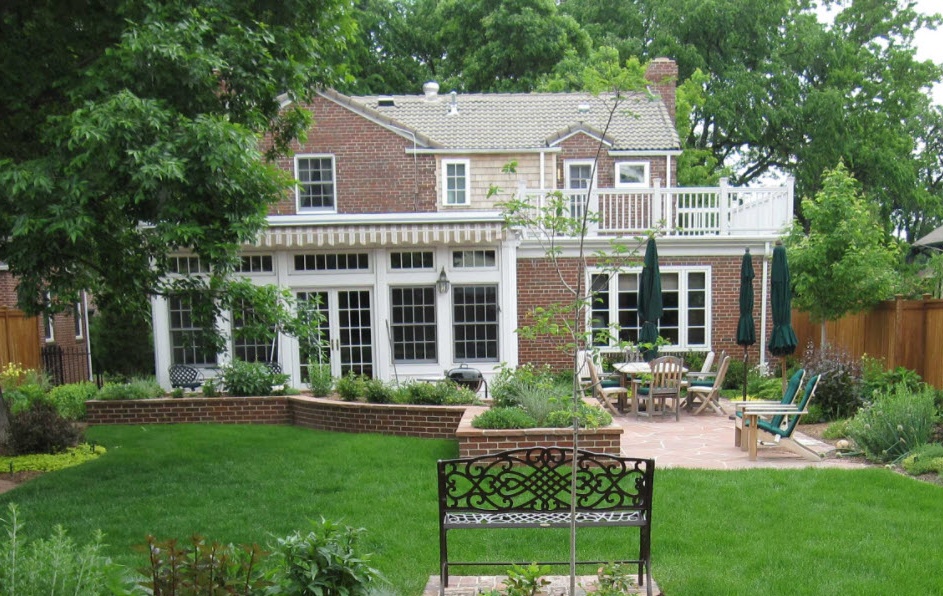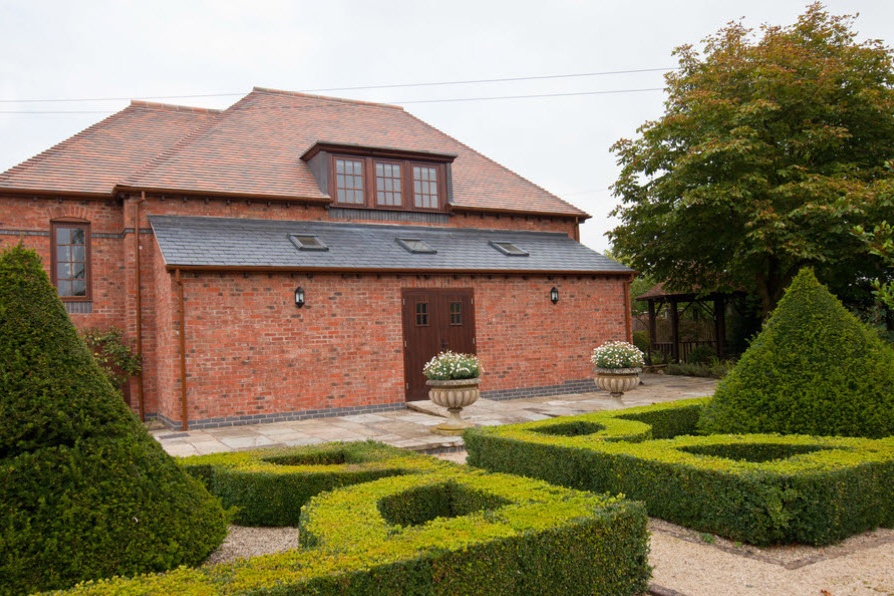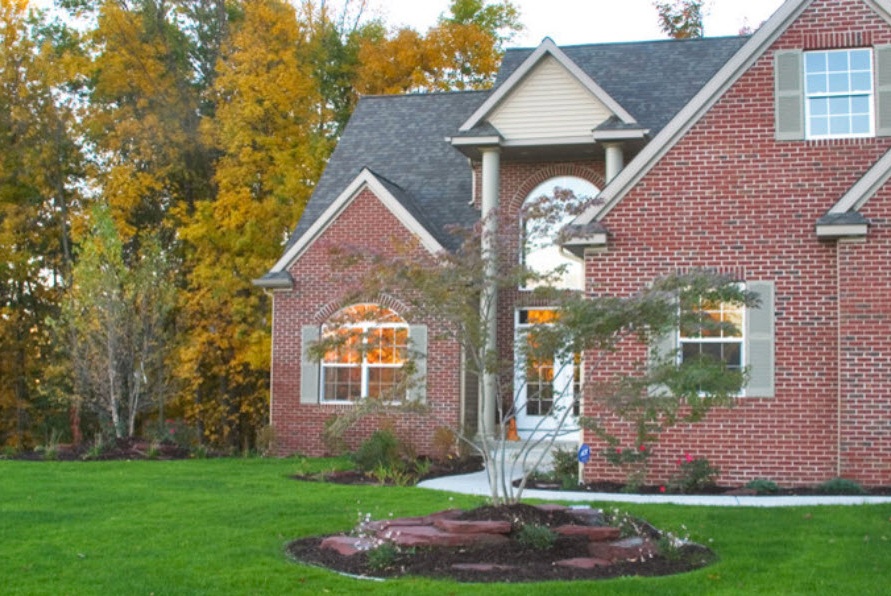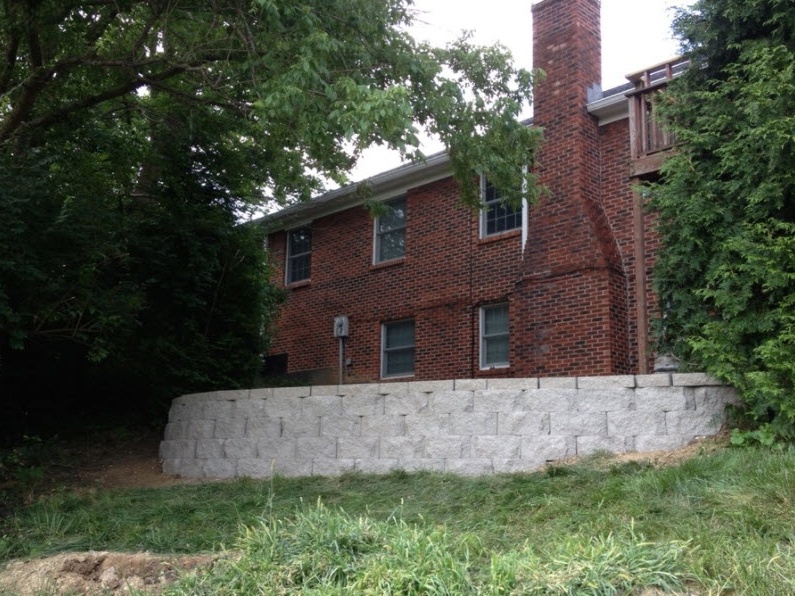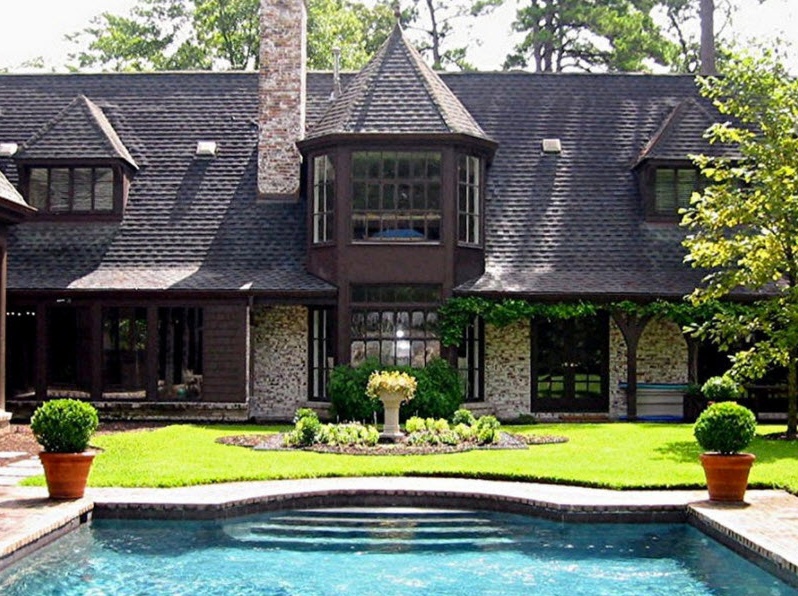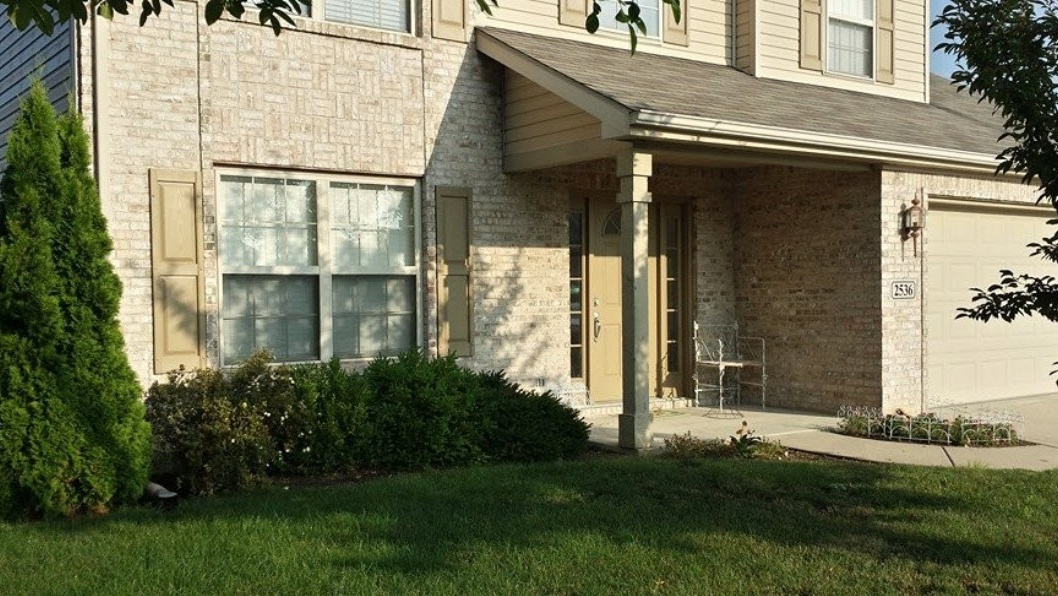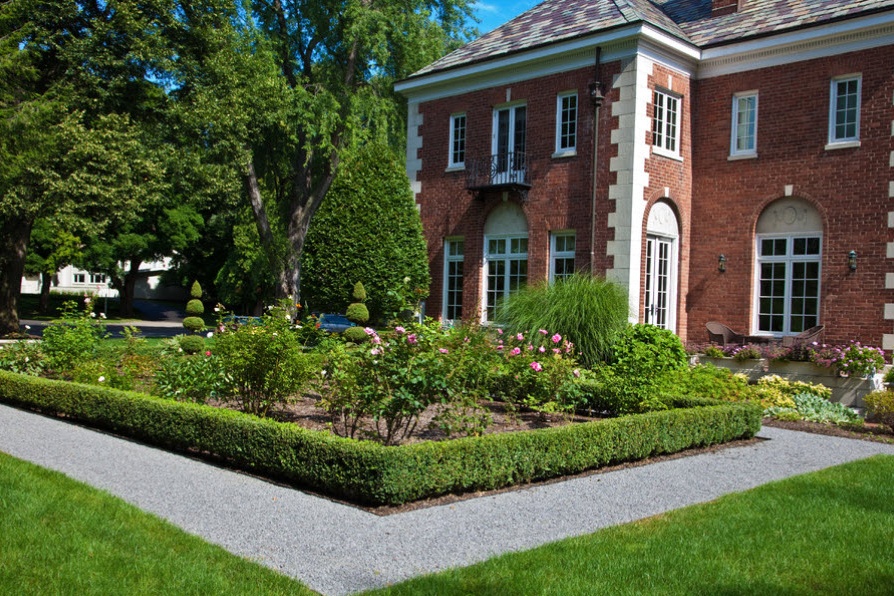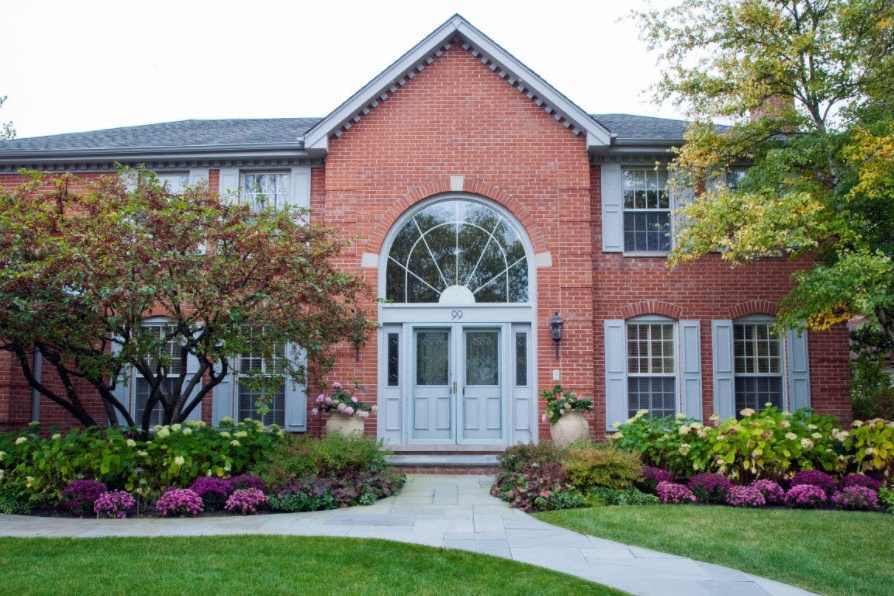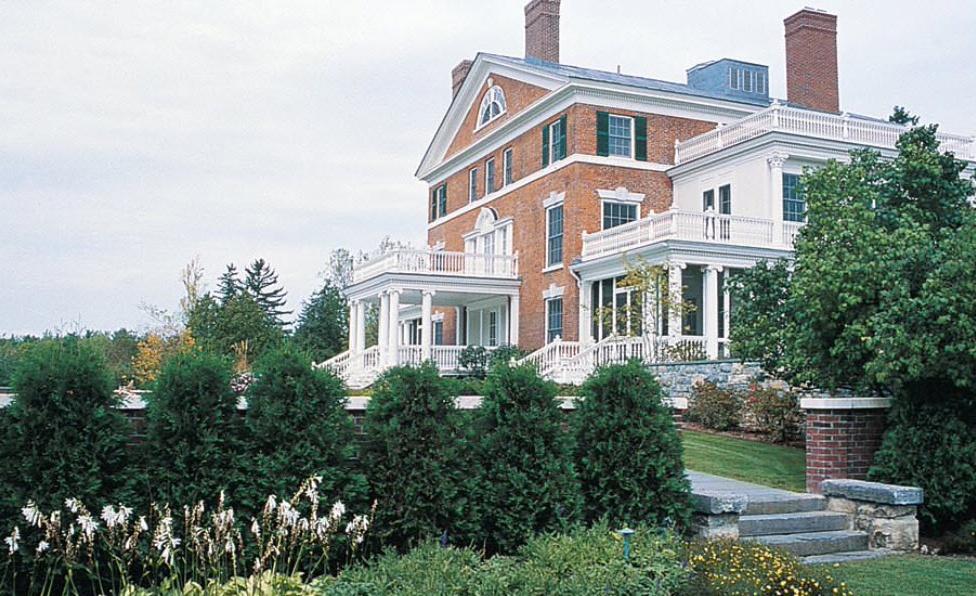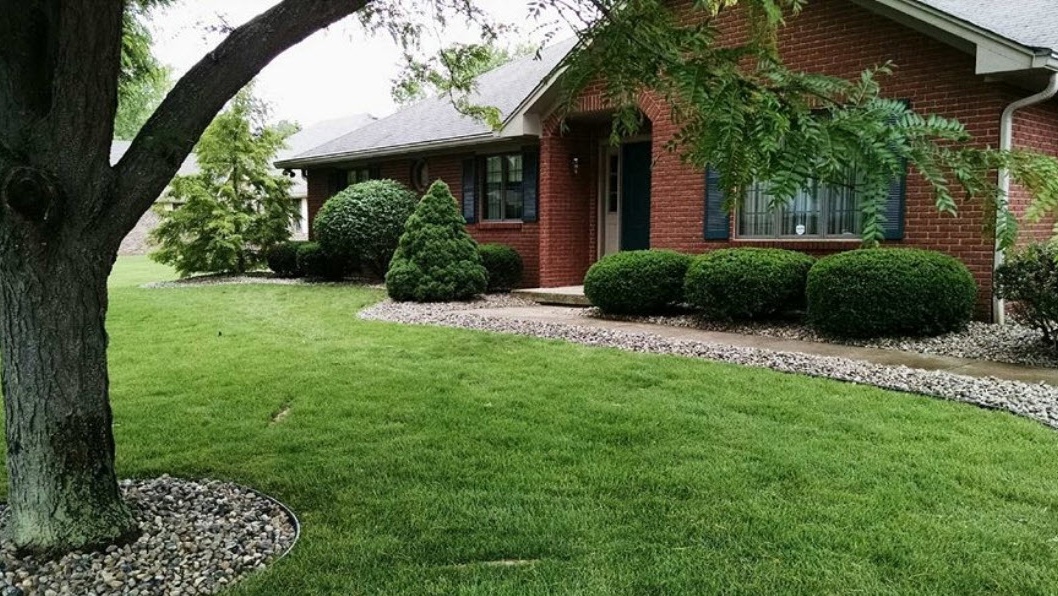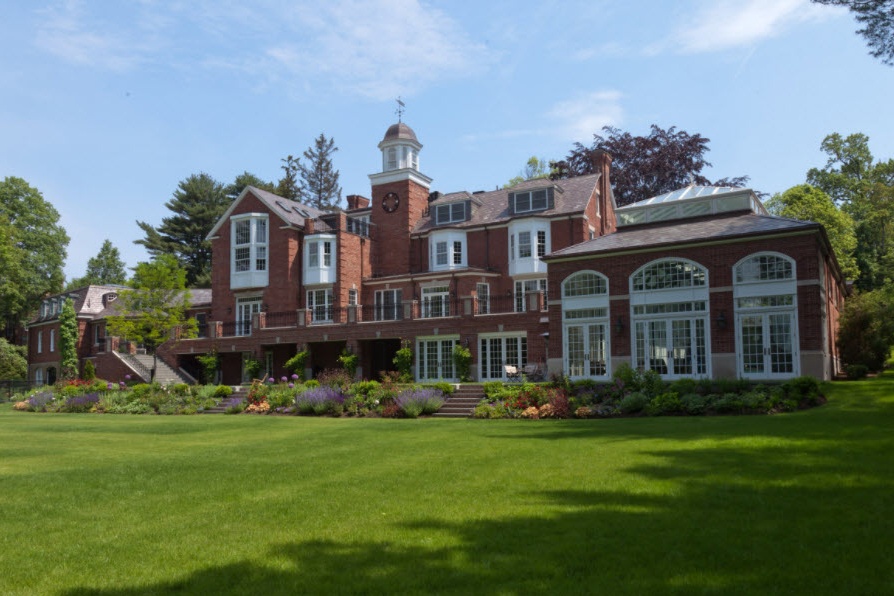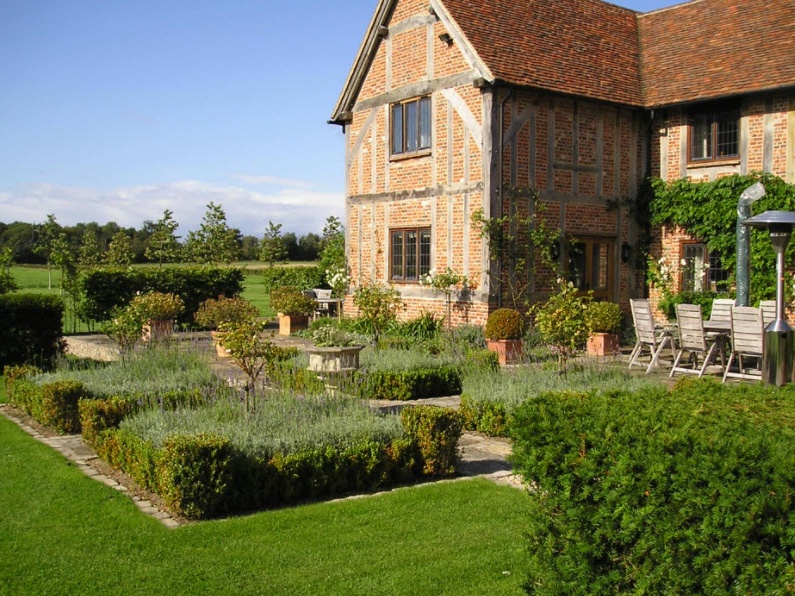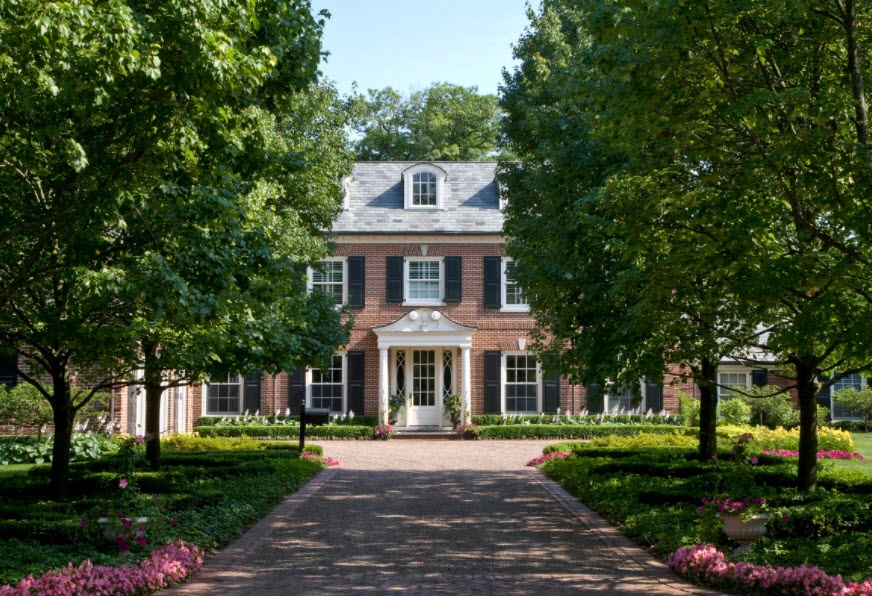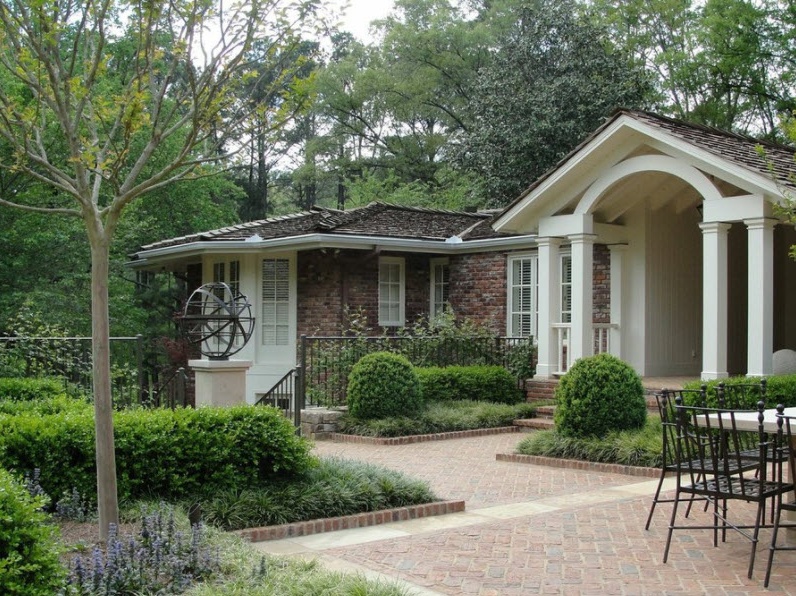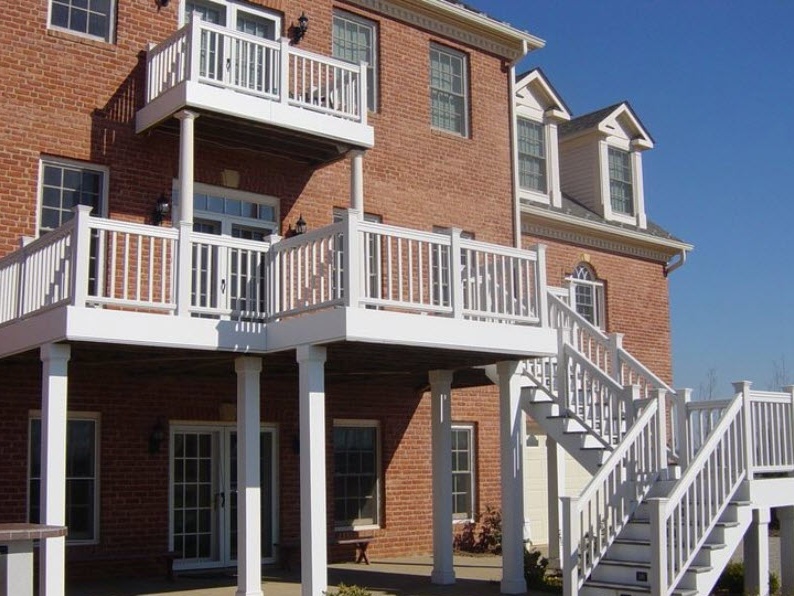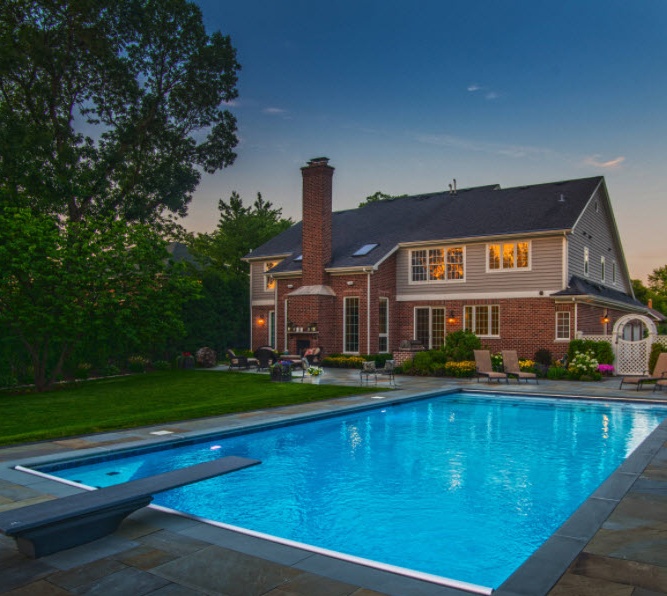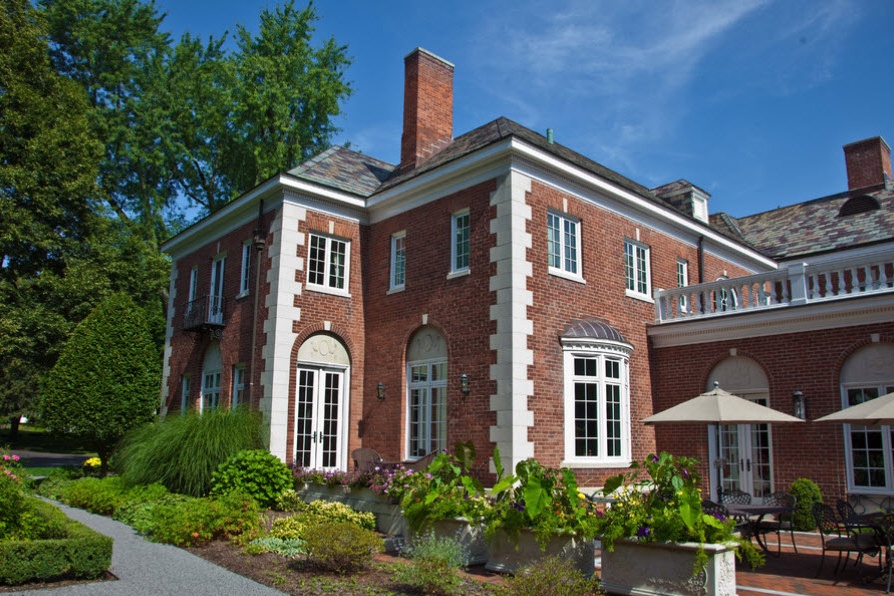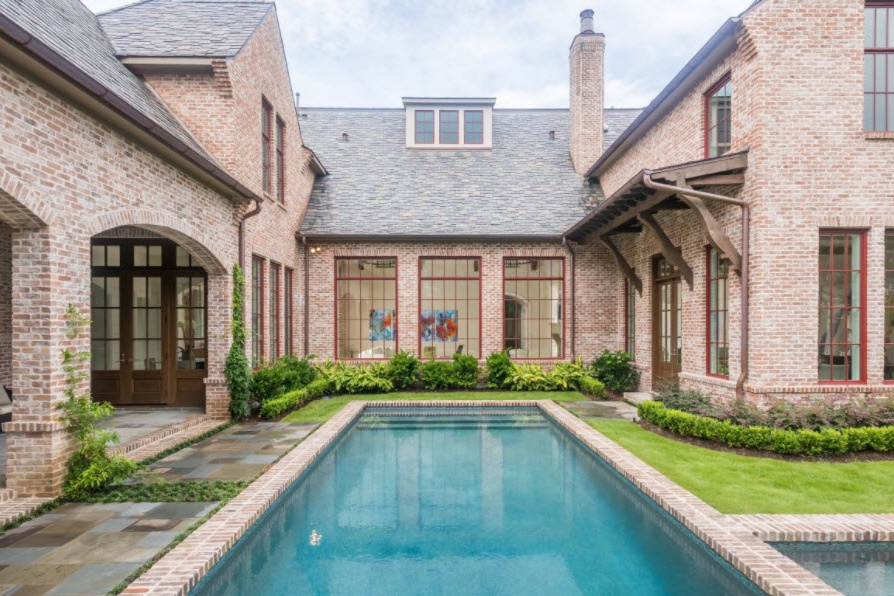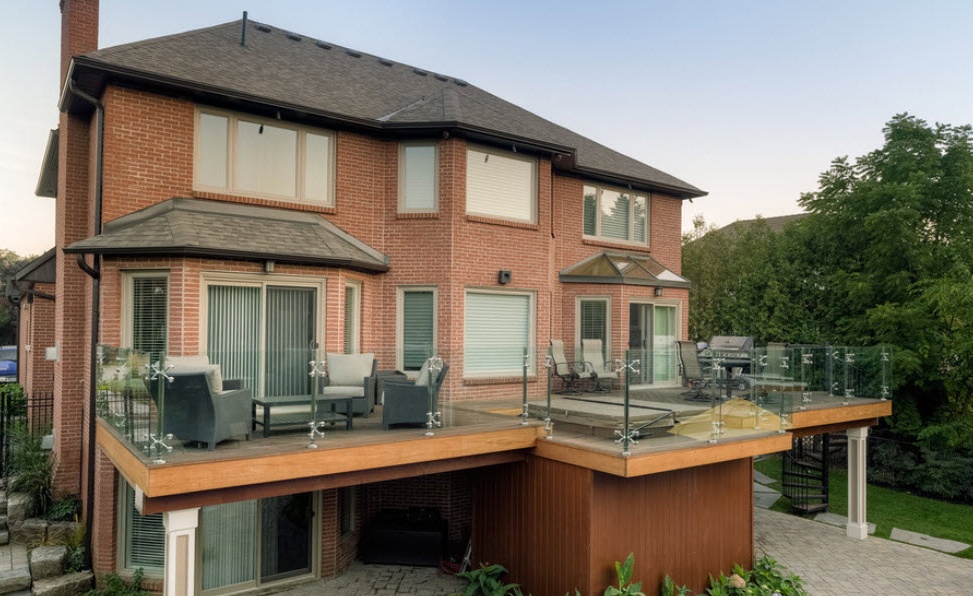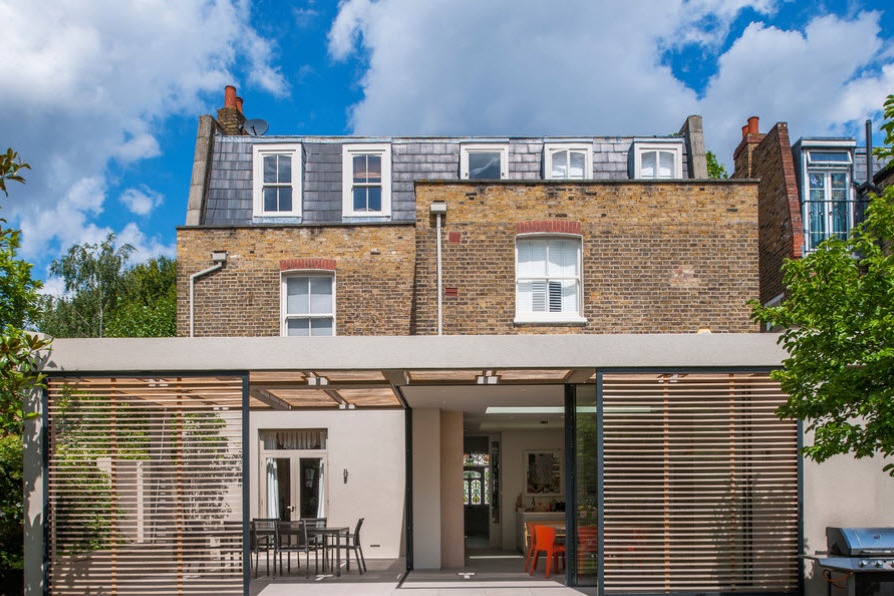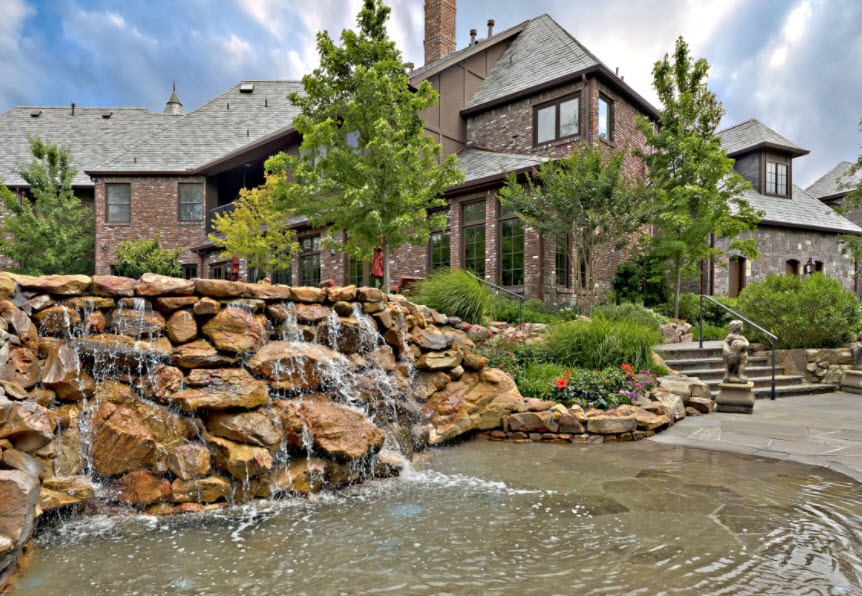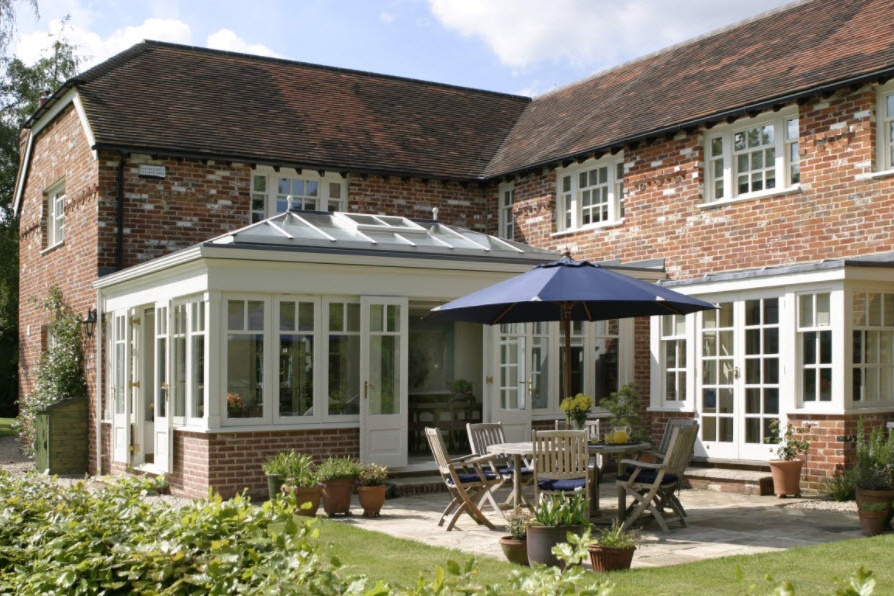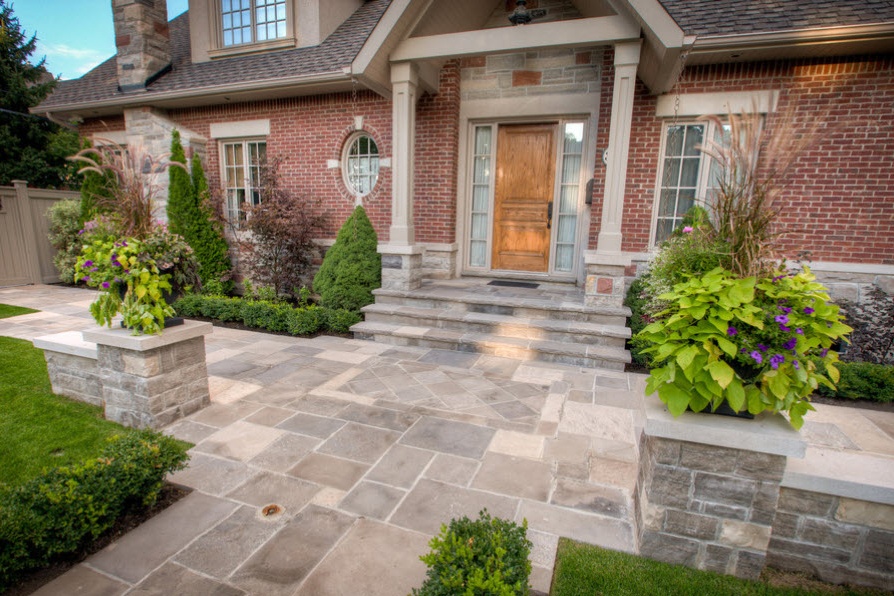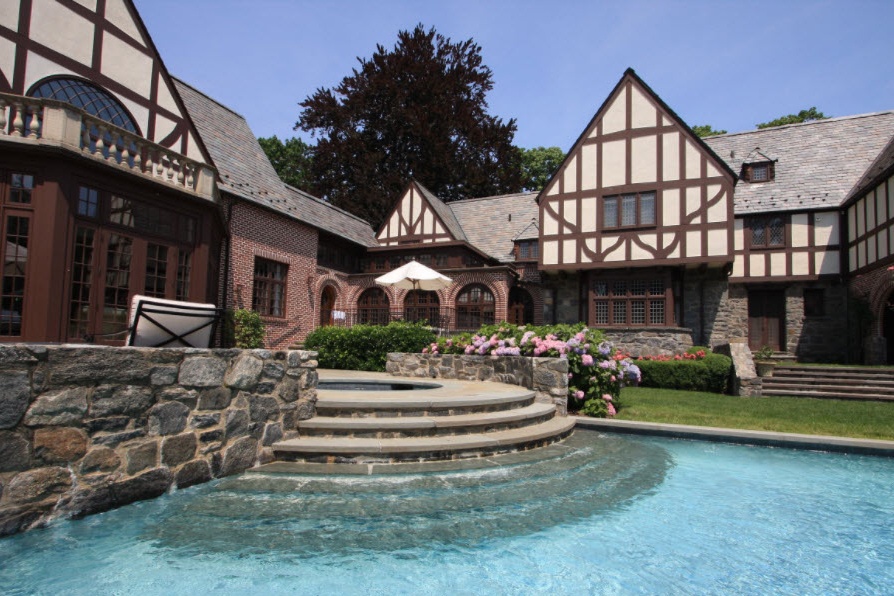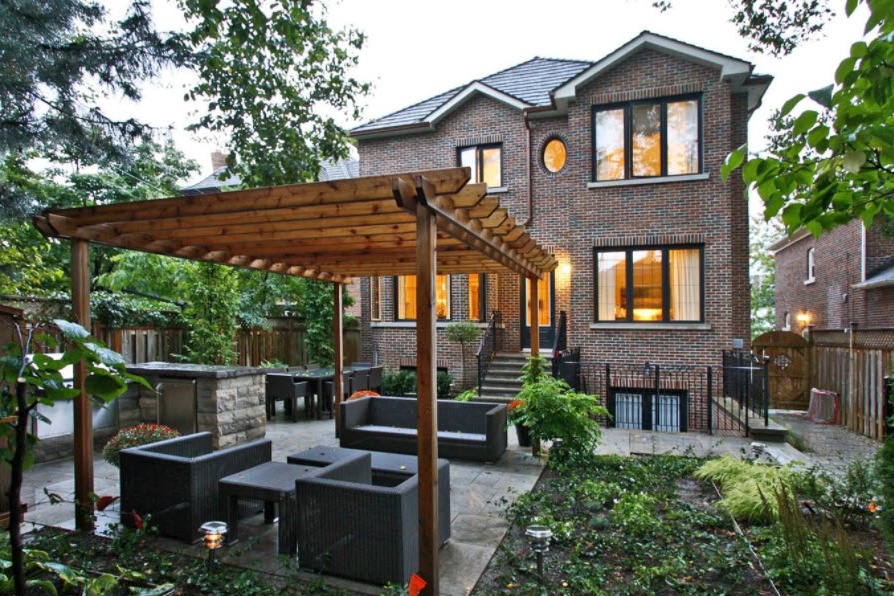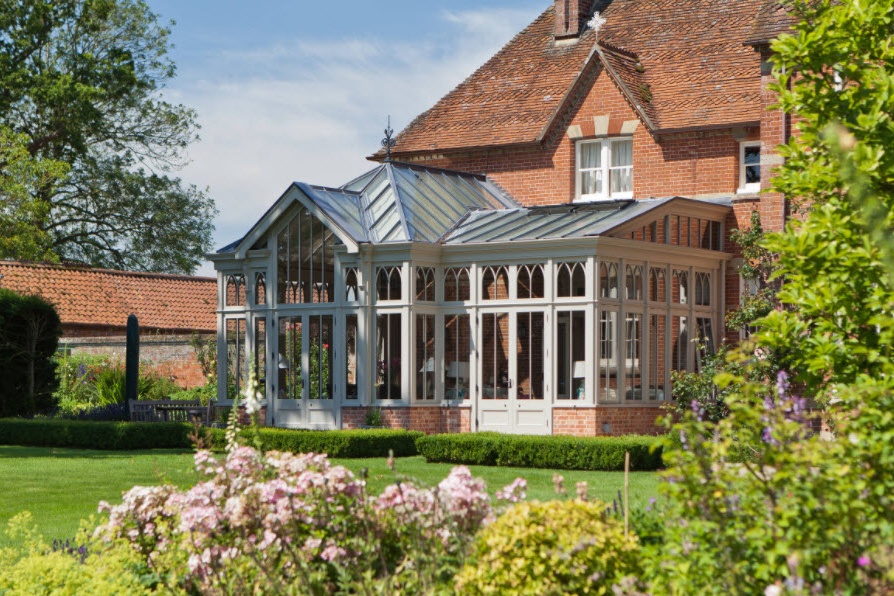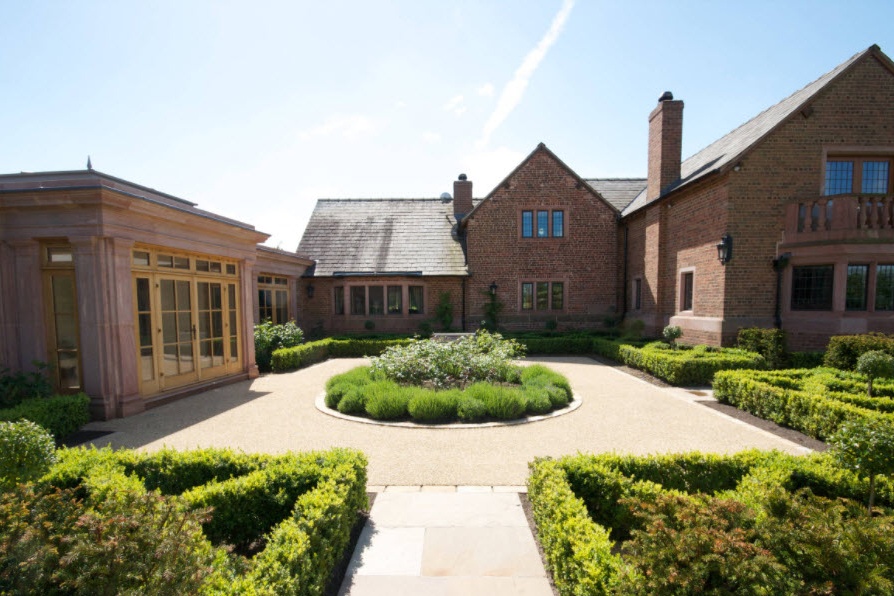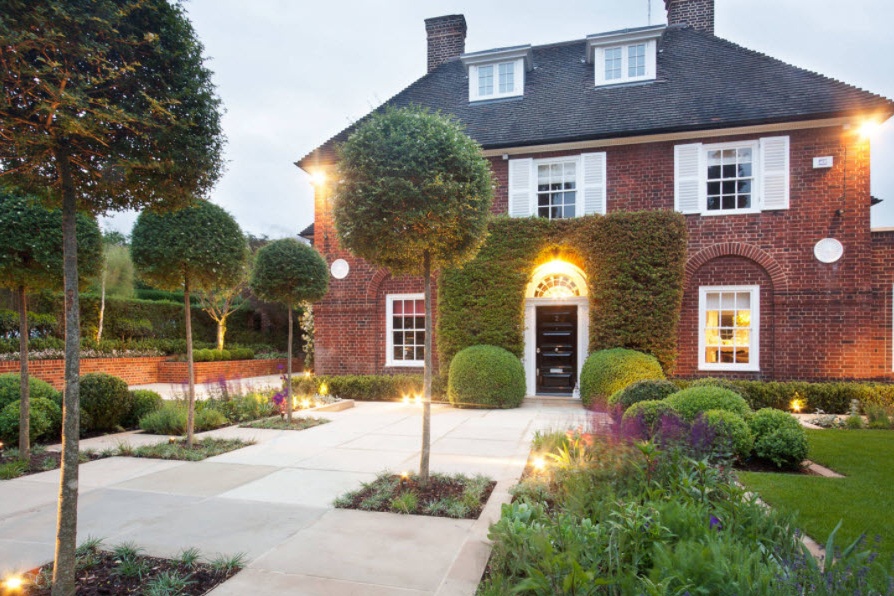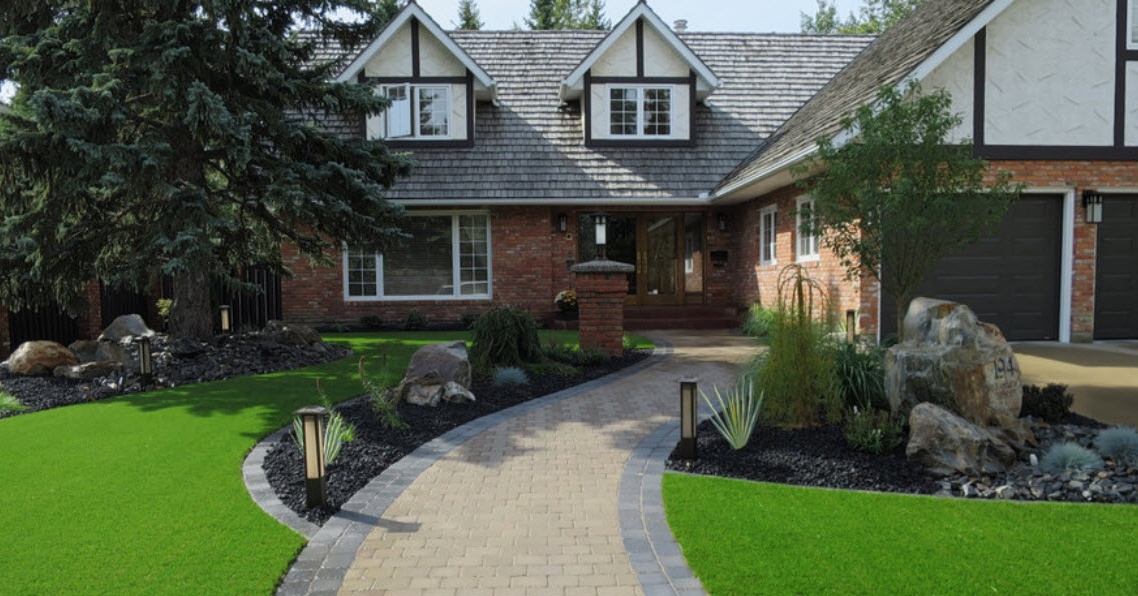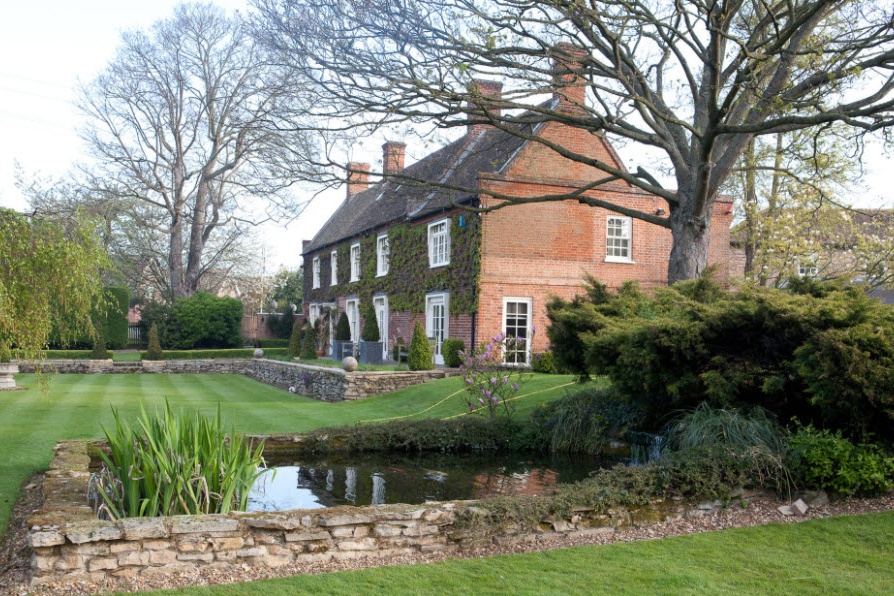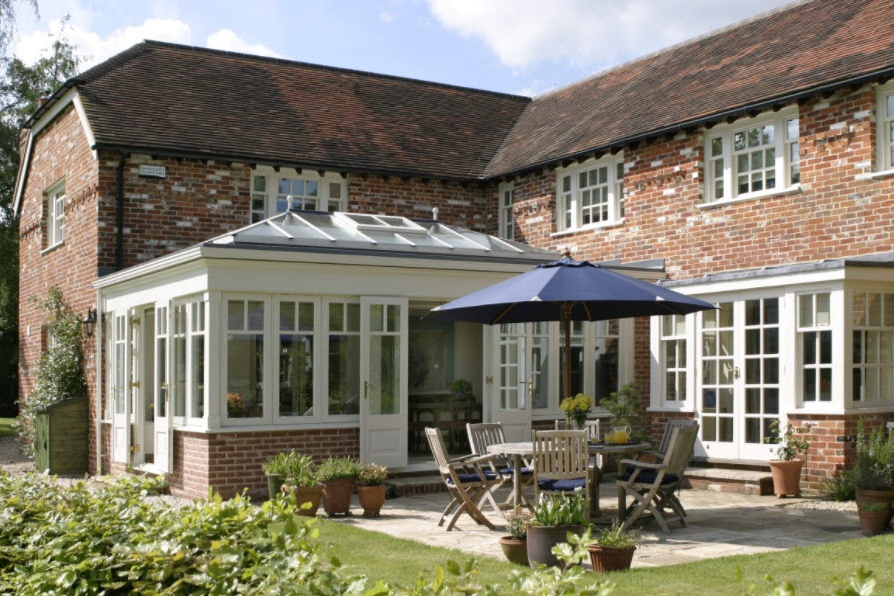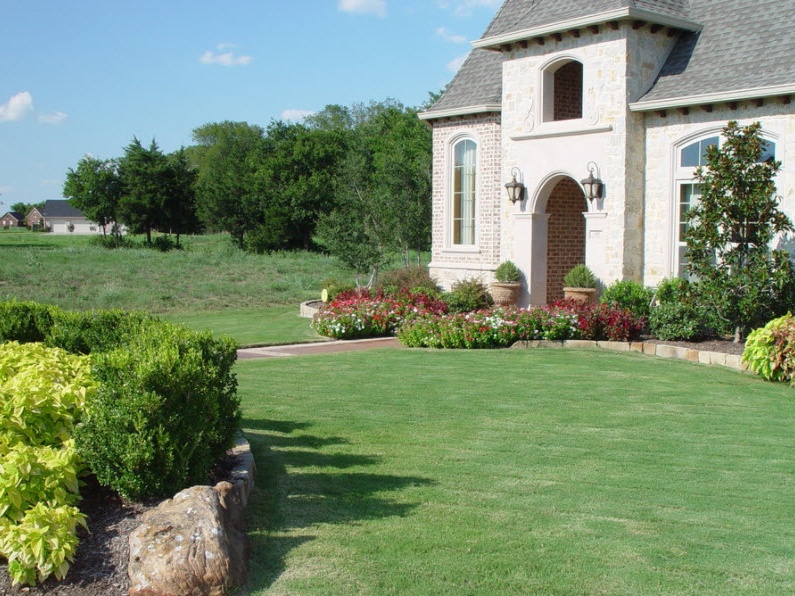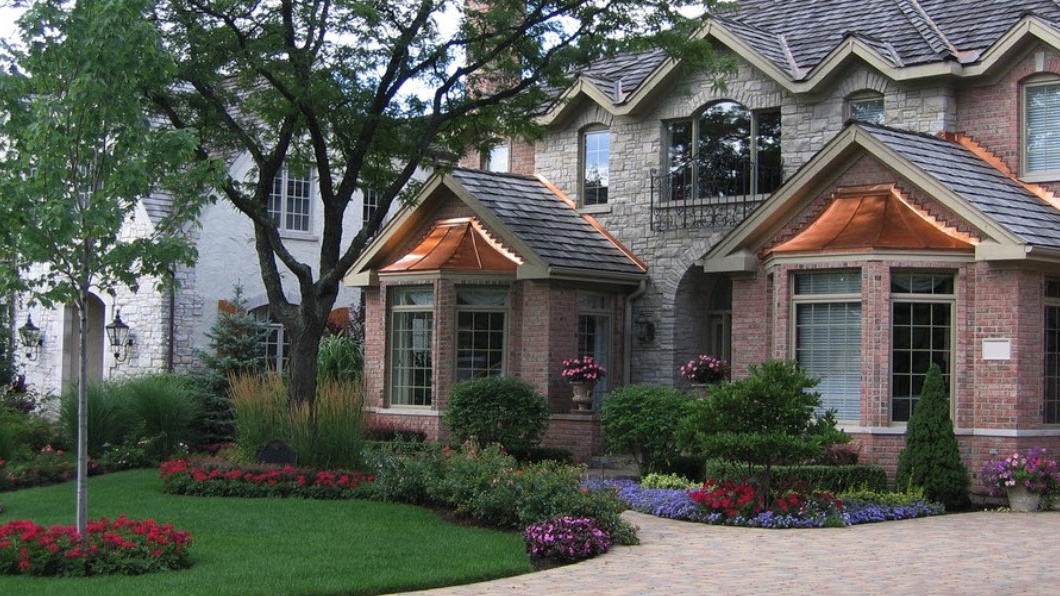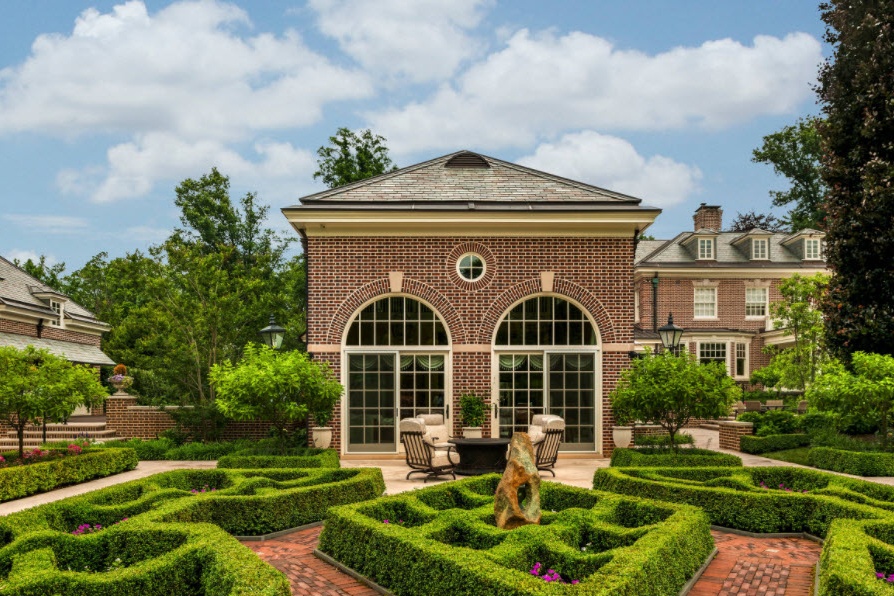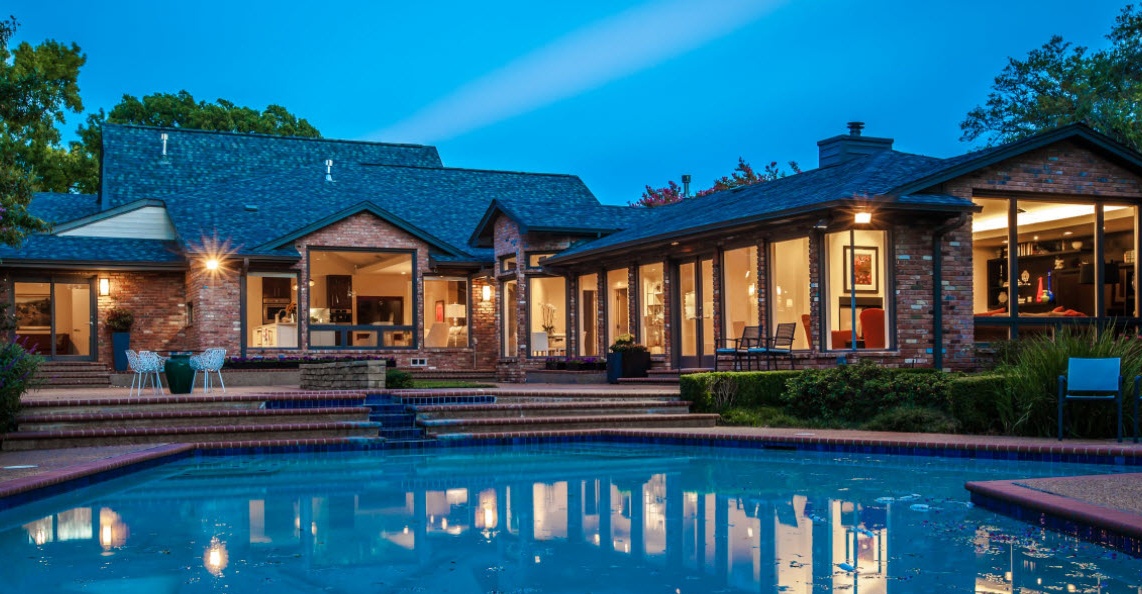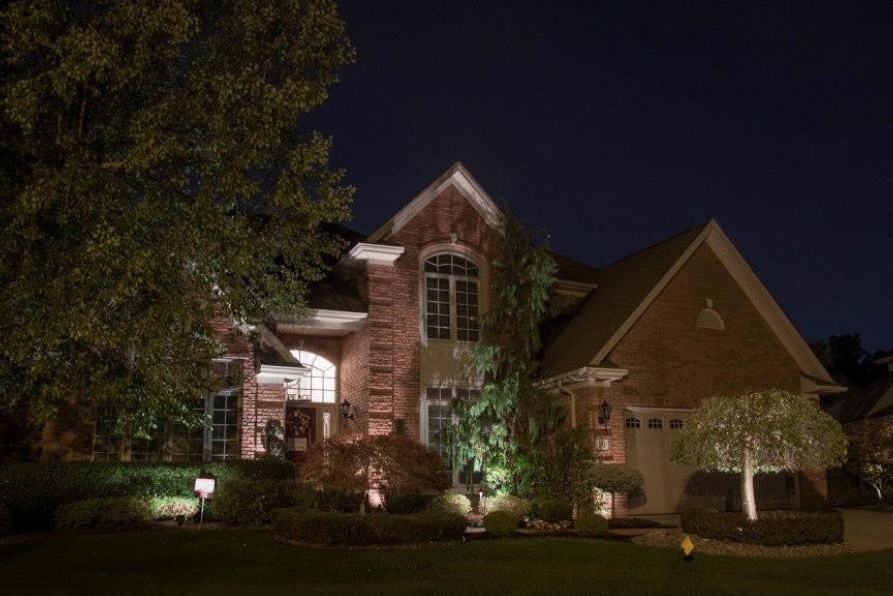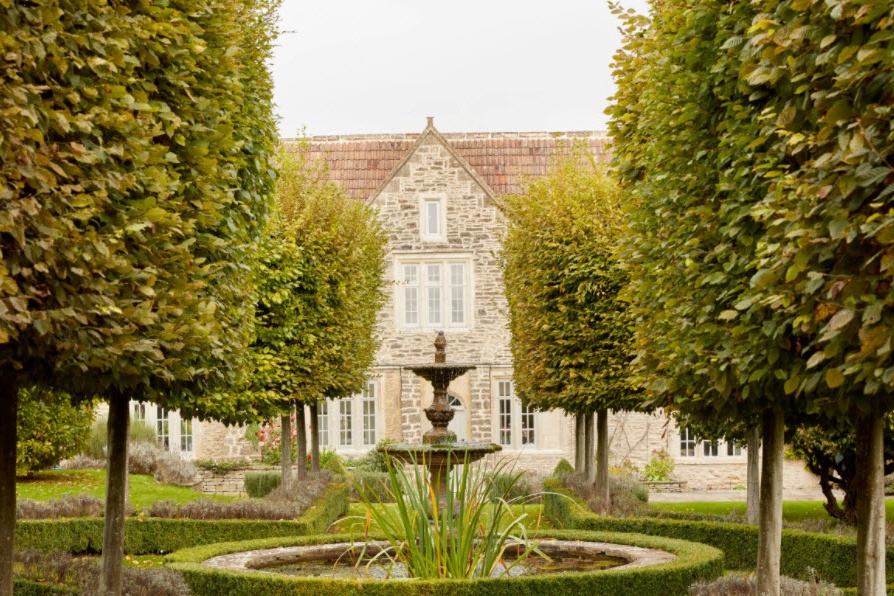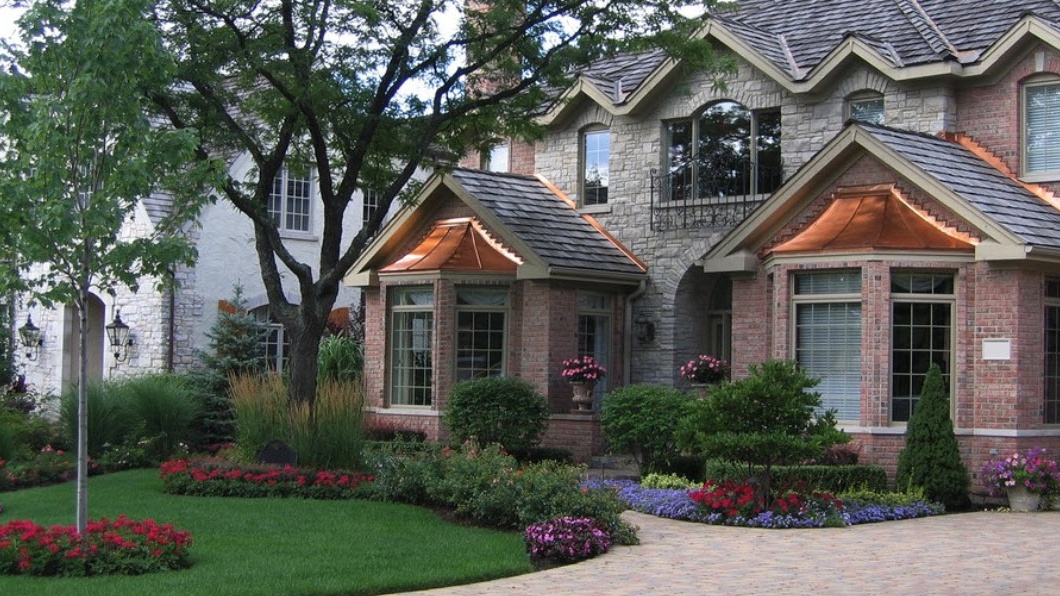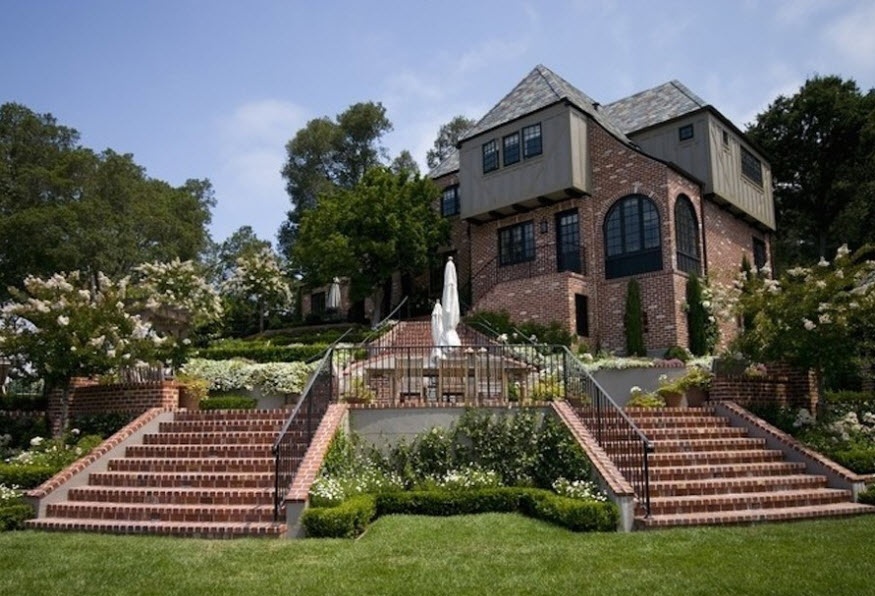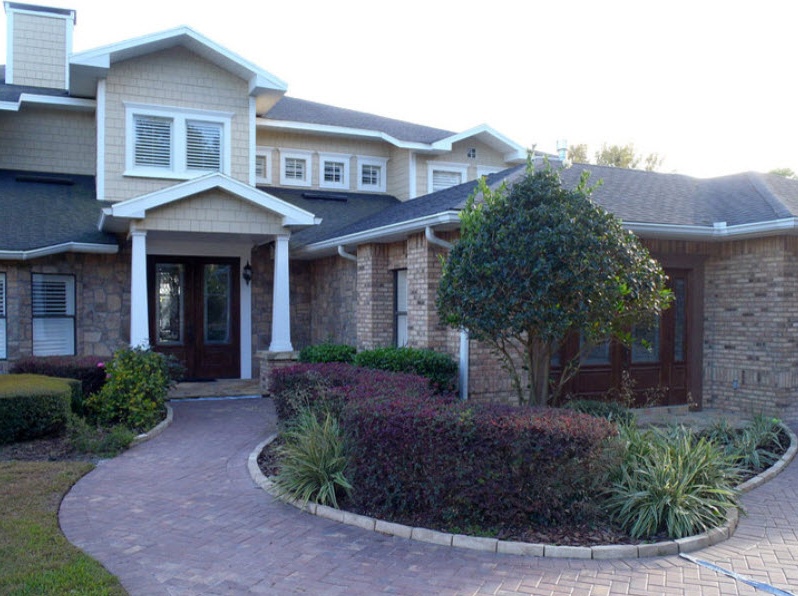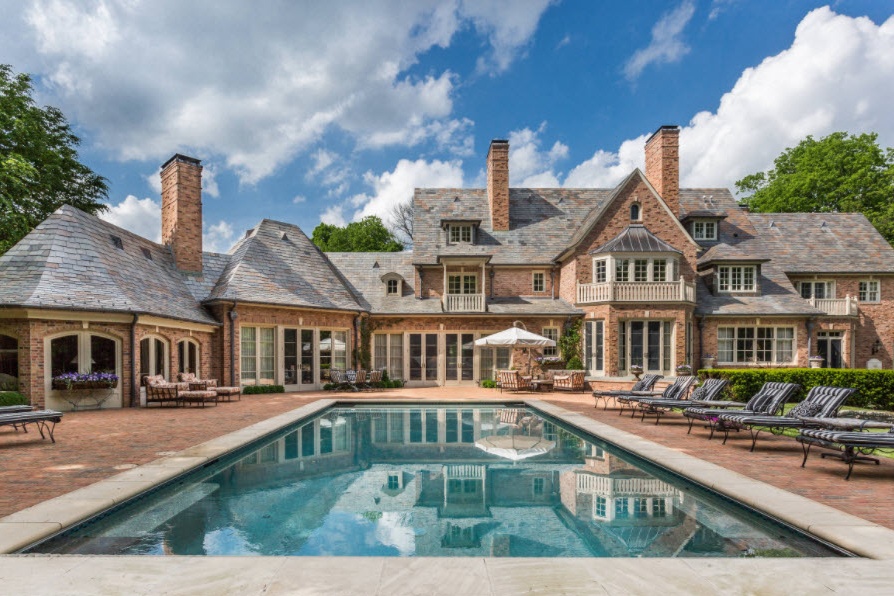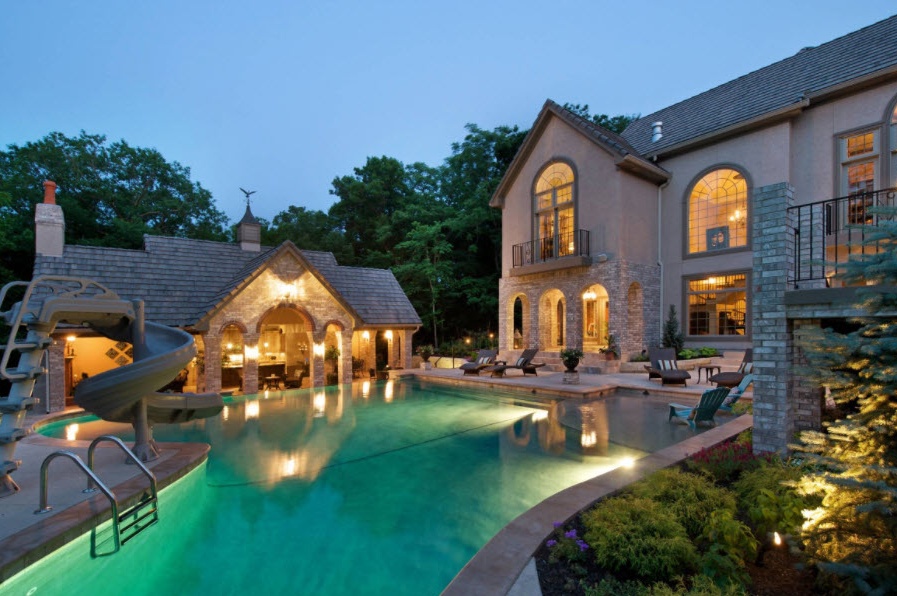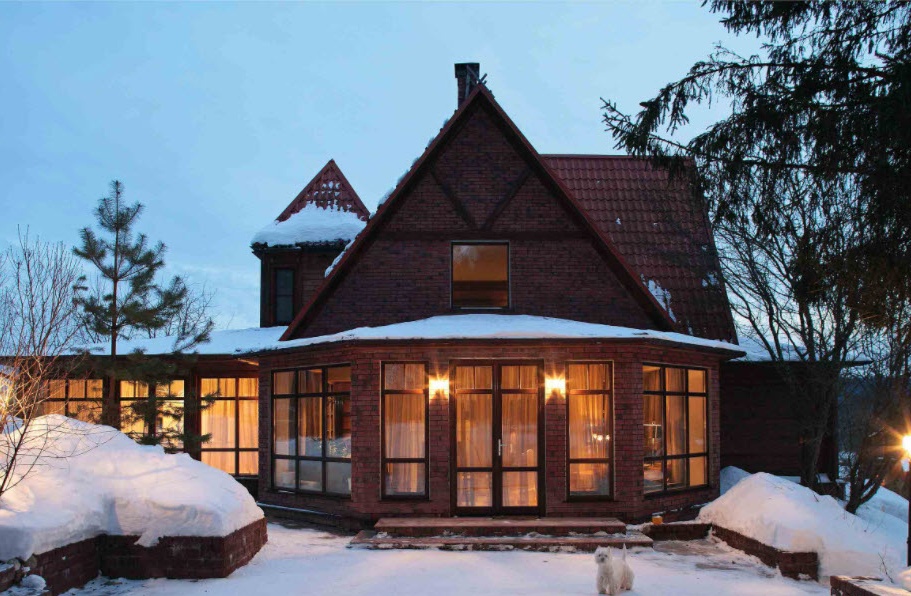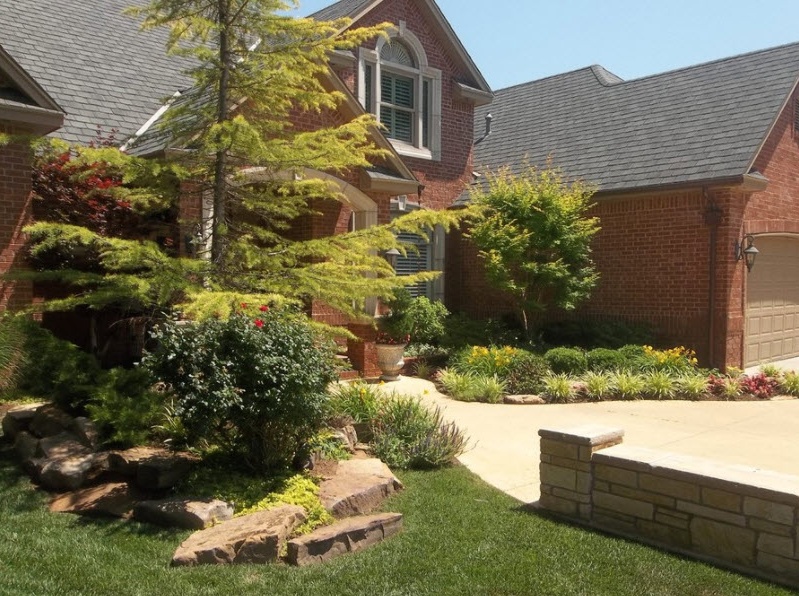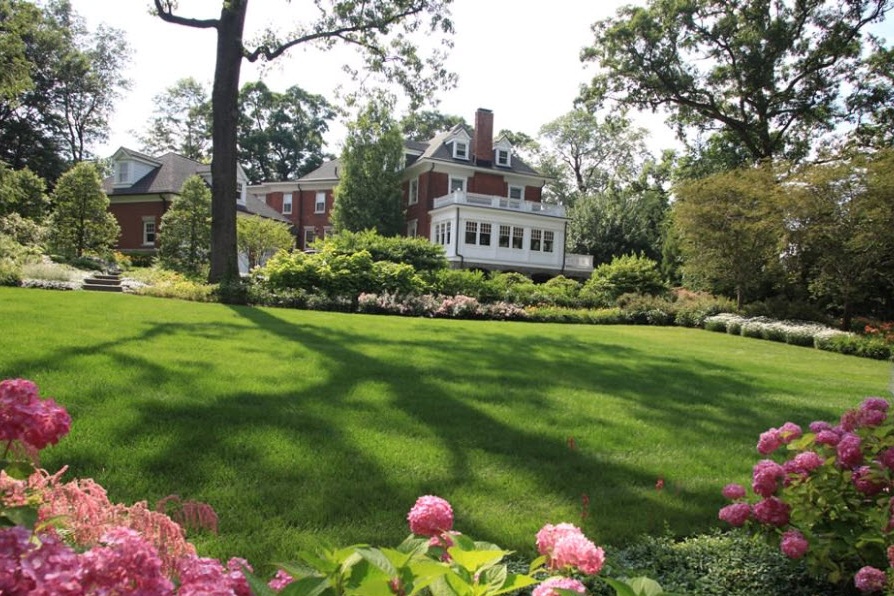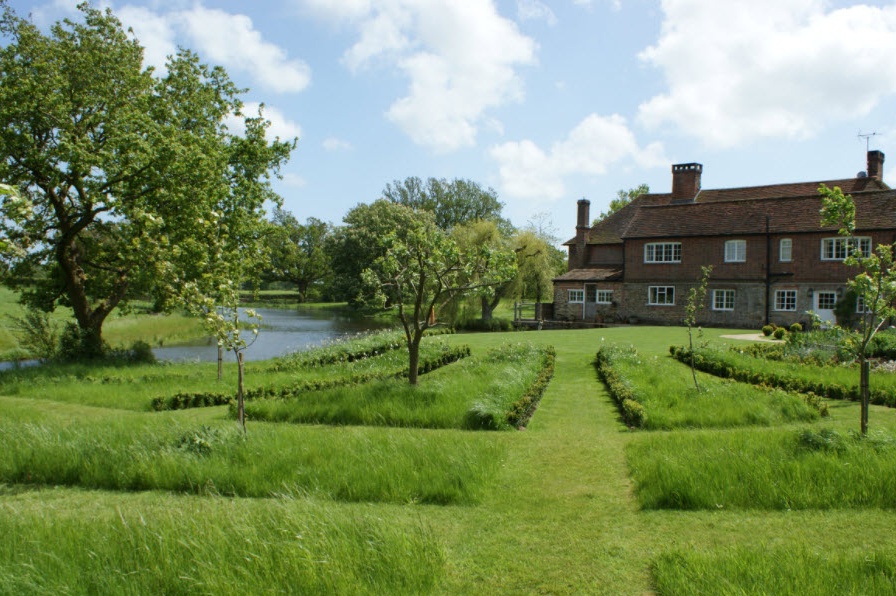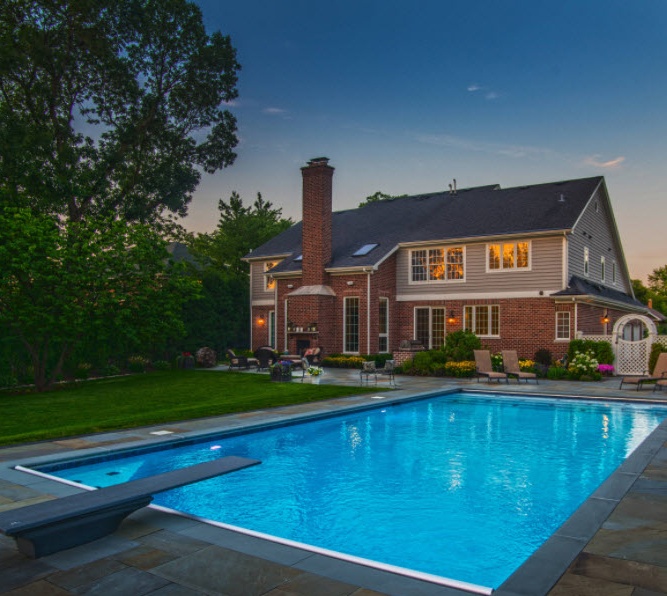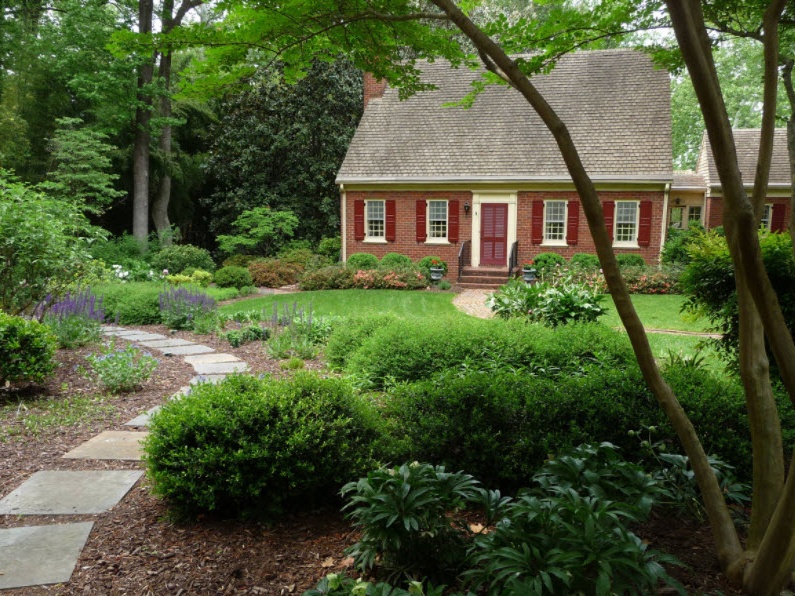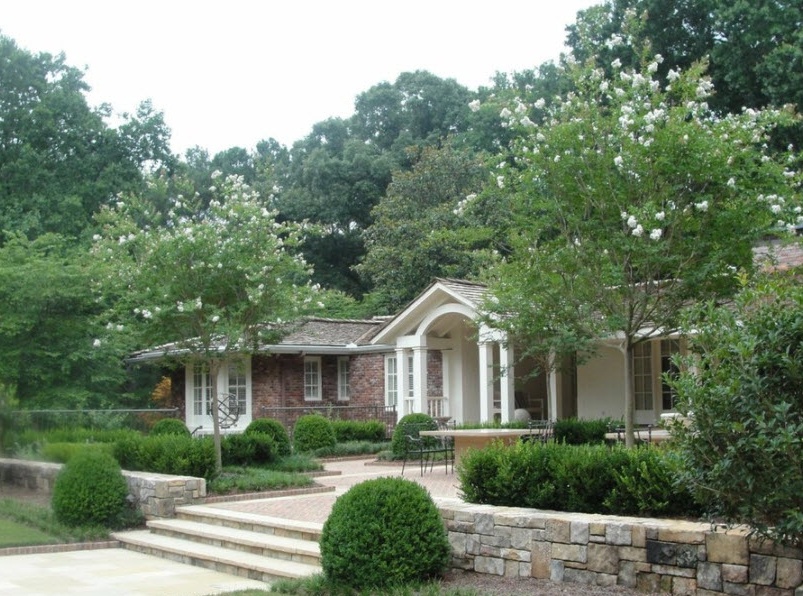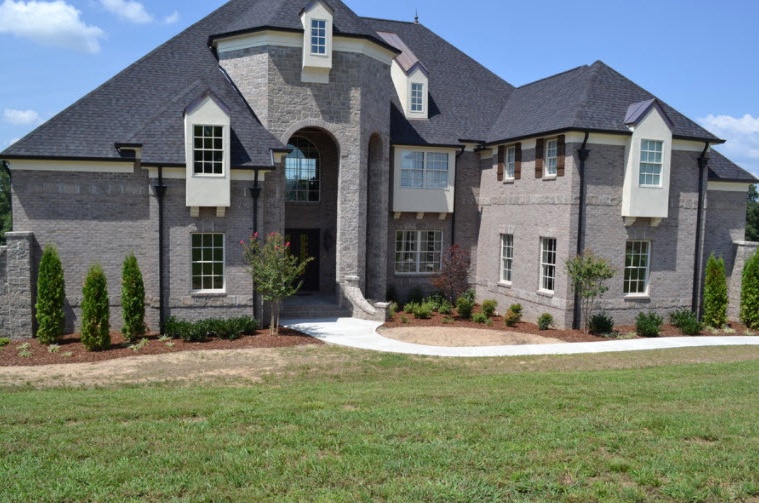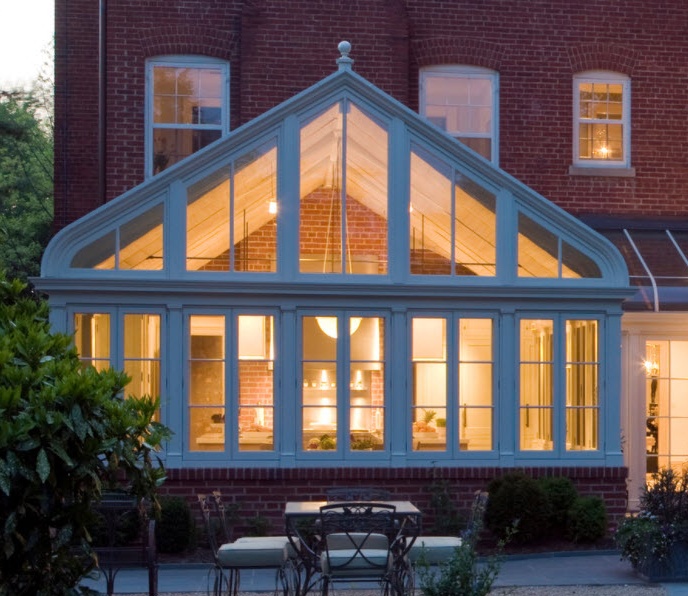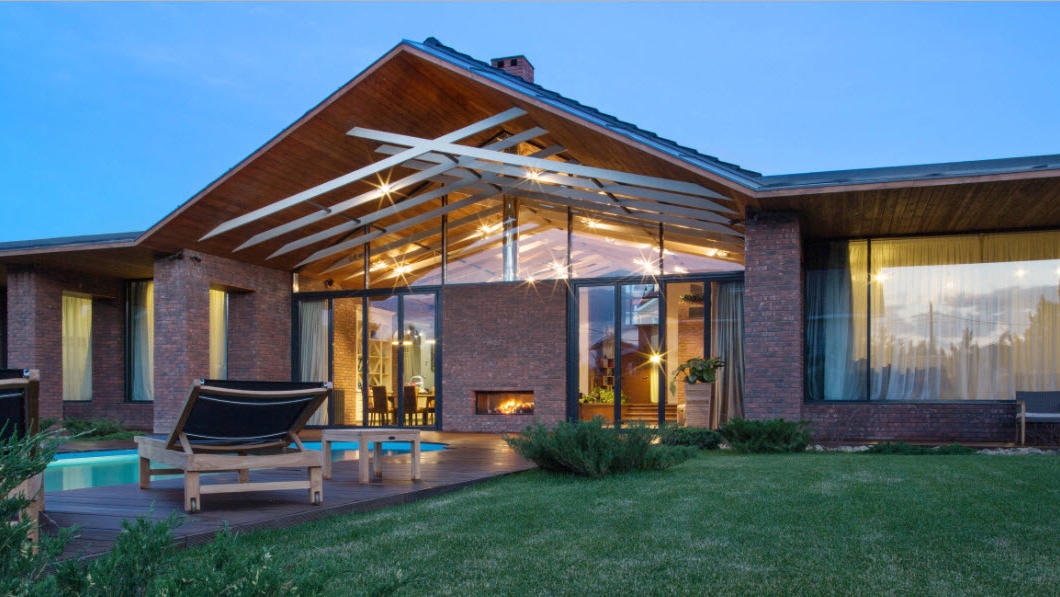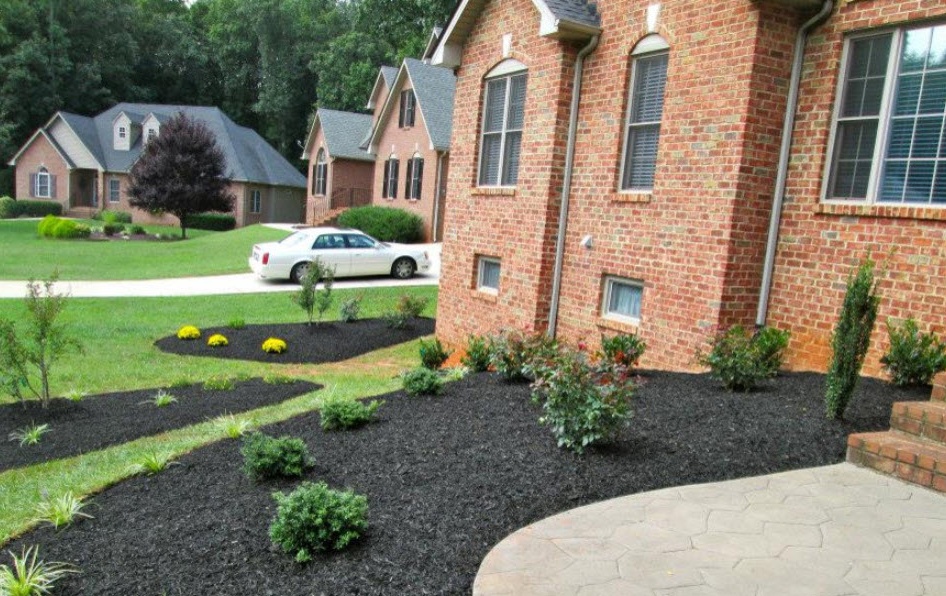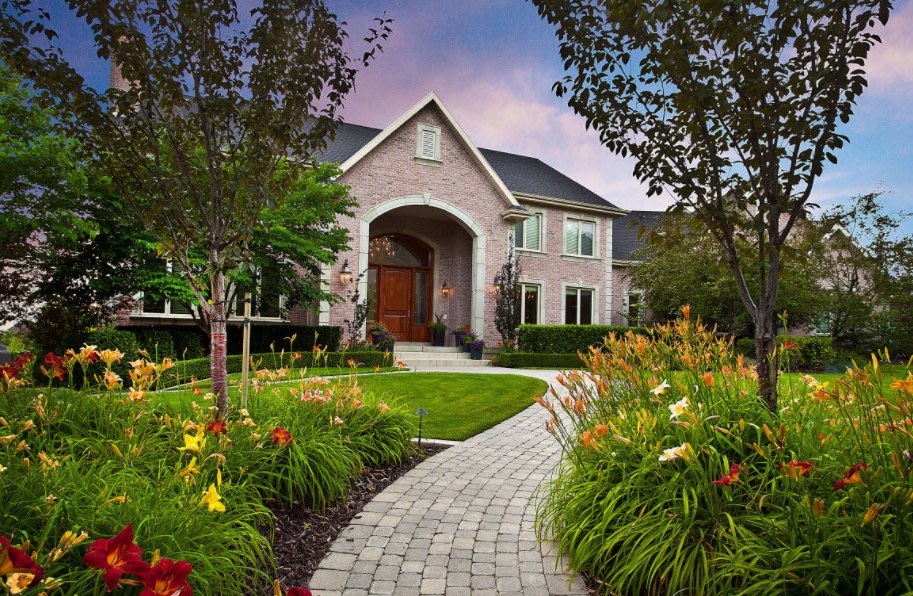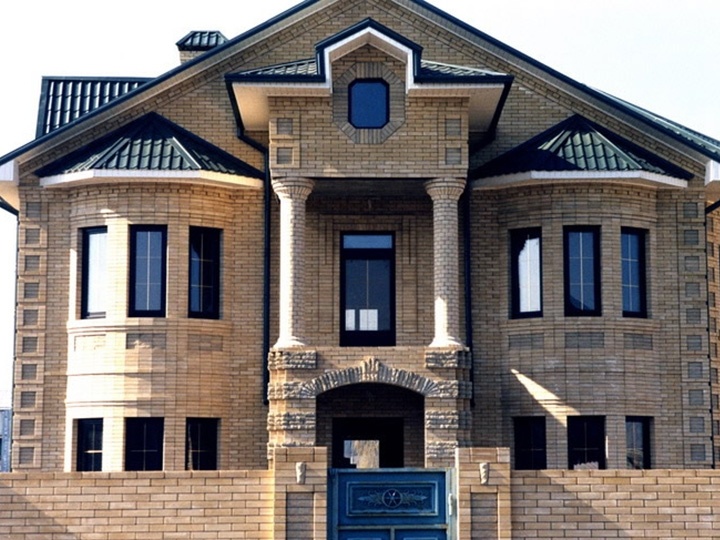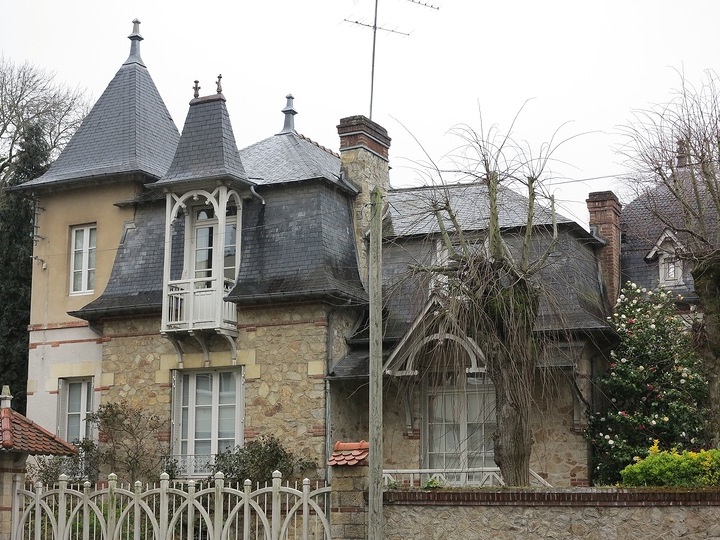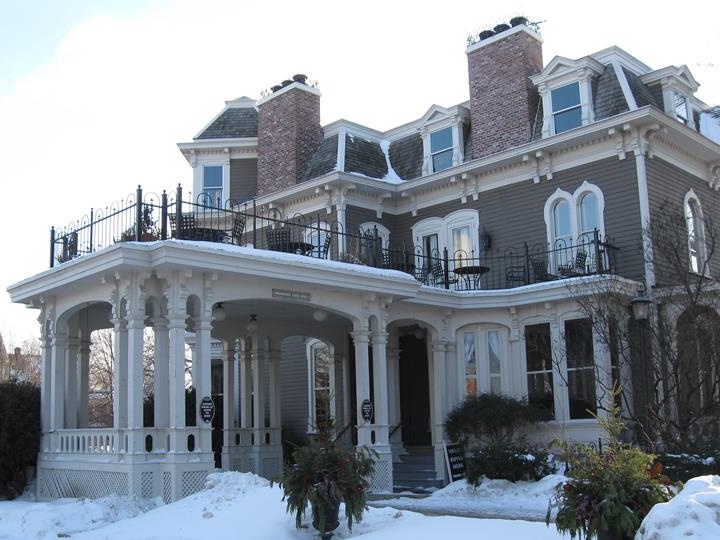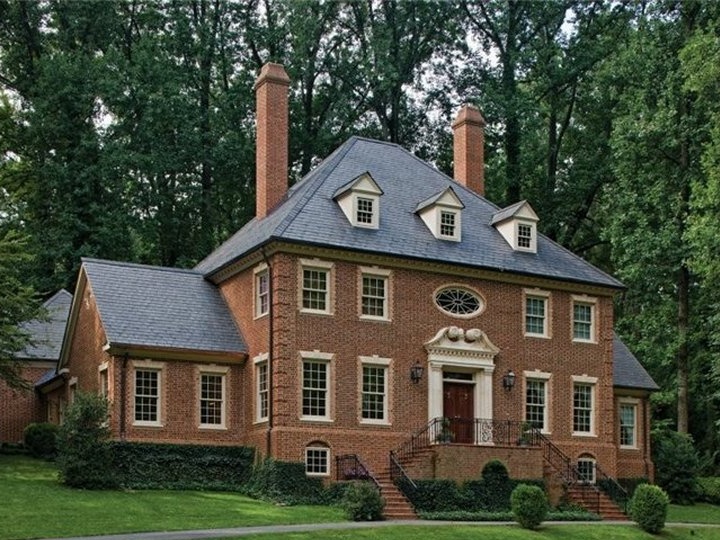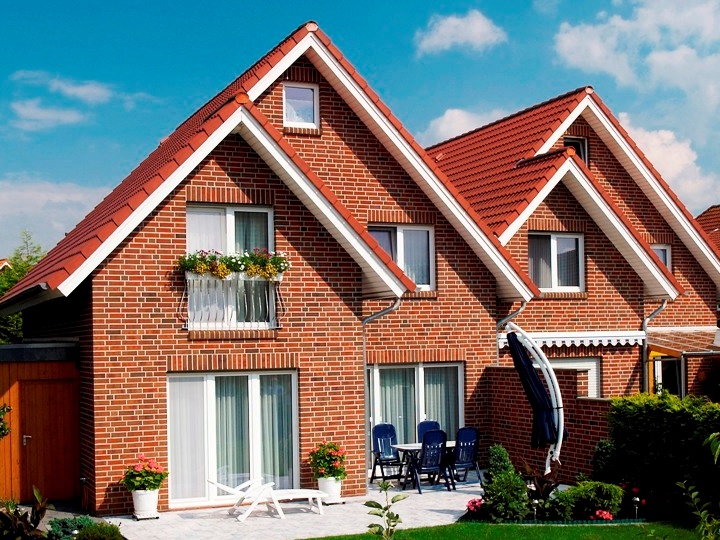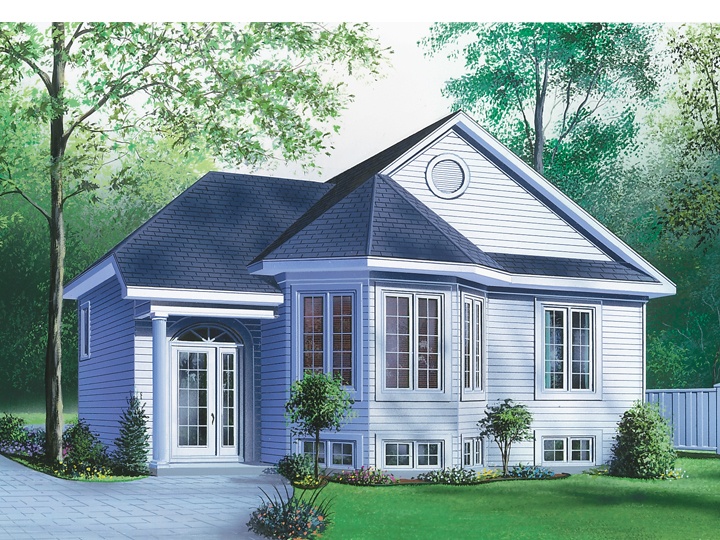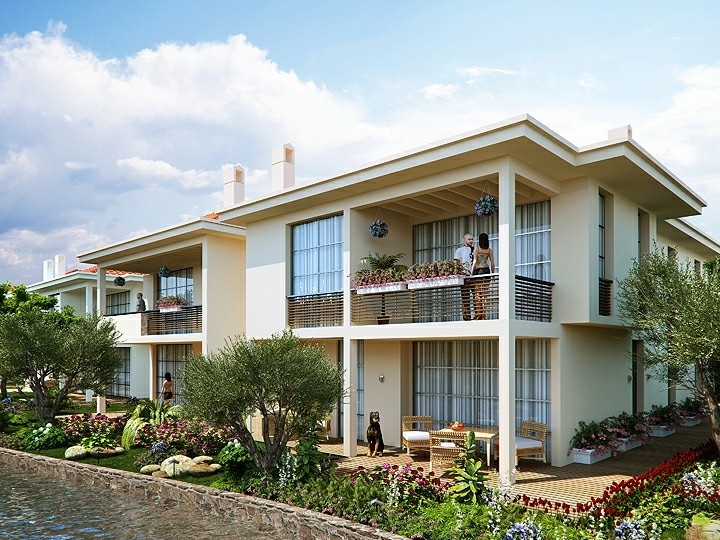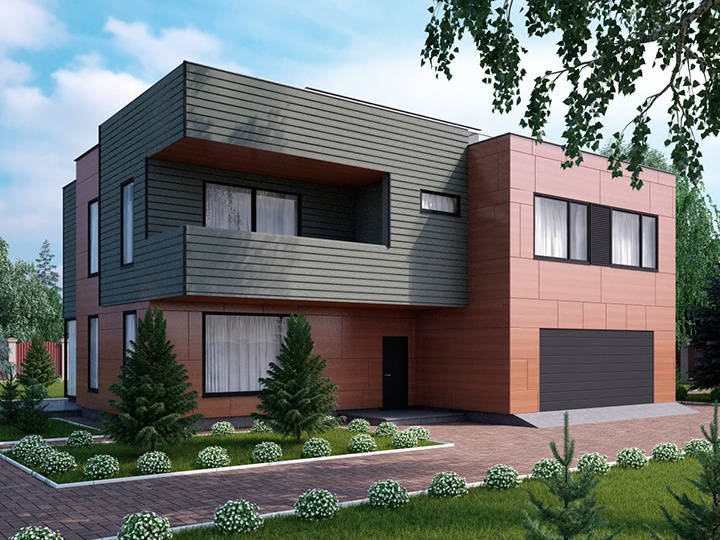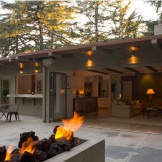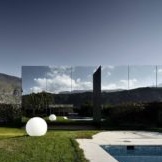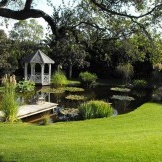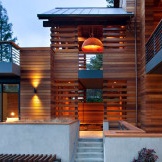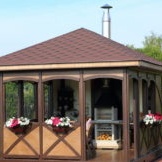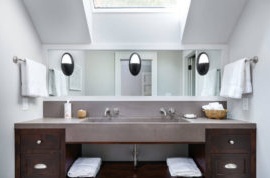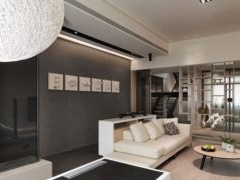Modern brick houses
The modern market involves a wide range and selection of building materials. With due desire, everyone can choose the best option for themselves and start building their own house. You can choose from: specially treated wooden beams, sandwich panels, cellular concrete and other materials. However, despite this large assortment, many people choose time-tested bricks.
The reason for this choice is quite simple - the brick has good characteristics and a high level of quality. The brick house is a prestigious and expensive option of elite suburban housing. Despite their price, such mansions and cottages do not cease to be in constant demand, because this is a spacious dwelling for centuries that can protect its owner from any weather "whims".
Advantages and disadvantages of a brick house
The material itself is already the main advantage, because it opens up great architectural opportunities for the owner. Using a brick, you can build a house of any stylistic direction, while the complexity and number of floors has no limits. If you perform the work as accurately as possible, you can avoid additional finishing work.
Another advantage is the durability, which is guaranteed by the high wear resistance of the brick, and its strength will provide resistance to such negative influences:
- sharp temperature changes;
- decay;
- high level of humidity;
- deformation;
- mold or fungus.
Due to these advantages, the house is able to stand for decades and at the same time will not require repair work. If you approach the building with an original idea, then you can create a castle from the house that will be honorably left to the heirs.
Also, the advantages of such a structure include:
- environmental friendliness;
- high-quality soundproofing due to thick walls;
- biological resistance to rodents and insects;
- fire safety.
Among the shortcomings, the following nuances can be noted:
- small caliber;
- high water costs (in winter construction is completely impossible, since the water will freeze and it will not work to mix cement);
- the brick is inconvenient during transportation and loading due to its impressive weight;
- high temperature inertia (you need long-term heating of the walls, which means you need to spend good money on heating the house);
- prolonged shrinkage (it will take from several months to 1 year, this can be avoided by using drywall, plastic or wall panels for decoration);
- high cash costs (this applies to the remuneration of workers, and not cheap building material).
Brick house project selection
Before starting construction, it is necessary to find a suitable project, on which work will already be underway. The nuances that must be indicated in the project:
- number of storeys;
- number and location of rooms;
- foundation and its type;
- wall forcing;
- roof installation;
- schemes of gas and water systems, sewers;
- Schemes of necessary electrical work.
Many people want to save on this when designing a project on their own, but this is a gross mistake, which can lead to a number of problems. That is why it is better to resort to choosing one of the basic options or to request an individual project from the architect. It is worth remembering that the speed of construction and the comfort of living in the house depend on the project.
Whoever said what, but it is the brick house that remains the classic of private households. Any reputable construction company, most of the proposals are based on ready-made brick houses in a large assortment. Yes, such a house will cost a pretty penny, but it's worth it, and constant demand is a clear confirmation of this.
Popular styles of modern brick houses
Romanesque
Buildings that have taken in the elements of ancient Roman architecture are filled with triumph and pacified strength. Most of these houses are more like impressive fortresses, which are characterized by:
- massive, monumental walls;
- original brick decor;
- circular arches.
Gothic
It is this historical period that is considered the heyday of brick construction. Now in the architecture of such houses you can not see the sculptural groups characteristic of this direction. The walls of the Gothic houses have a color contrast due to the use of several types of bricks, plaster and stones. In general, these are gloomy-romantic houses with a touch of castle slant.
Baroque
The next historical stage, which naturally bore fruit in the structure of brick houses. Such buildings are characterized by their pomp and grandeur. Often a lot of decor is used here, the amount of which is amazing. All lines of the building have smooth bends and transitions, and there are unusually many windows.
English style
Such buildings are a mixture of Victorian and Georgian styles, characterized by red walls. In the generally accepted version, this is a two-story house with a non-residential attic, used as a closet. Given current trends, it can be converted into the attic and actively used.
The facade of such a house has strict lines and a complete lack of decor. The house should have symmetrical lines, the identical arrangement of windows and smoke windows relative to the facade.
Classic
Houses that can become family castles that will keep family values for centuries. Red brick here will never be combined with modern materials. Glass doors or plastic windows are an absurd and inappropriate thing in such a house. The entire structure of the classical type should be made only of natural materials, and the main requirement will be the correctness of lines and proportions.
Modern
Complex and smooth lines are the basis of such a house. The word symmetry is simply not applicable in this case. A characteristic feature here are smooth bends, lines and transitions, as well as a variety of ornaments. The facades have rounded lines, and the decor is made of ceramics and forged gratings. Instead of ordinary glasses, windows use stained-glass windows, which are inserted into the bindings of ornate designs.
In most cases, this style can be seen in urban mansions or country villas, because their original architecture in every way shouts about the individuality of the building. Living in such a house is always pleasant, cozy and very comfortable.
American style
The buildings of this style are some rethinking of the old European direction. The peculiarity lies in the scale of the structures and their external wealth. A characteristic feature of such houses is symmetry, the rooms in such a house are always very large and spacious.
The roof of the building will be cascading, but the windows are huge and in large numbers. Here you can often see columns, spiers and a wide staircase to the second floor inside the house. The facade is almost always finished with light stucco, the decor is almost absent. In general, these are luxurious brick houses that demonstrate the financial well-being of the owners.
Prairie Style
Another American style, which focuses on the complete harmony of the house with the surrounding landscape. The design of the house is characterized by horizontal lines of shapes that are associated with the landscapes of the prairies. The roof of such houses is often of a tent-like type, less often flat, which ends with massive and wide overhangs. Windows are installed linearly.
High tech
Style implies the triumph of rationalism. The architecture of such buildings is based on maximum conciseness, linearity and full functionality. Such brick houses are characterized by full technicality and fascinate at first sight. The main feature of hi-tech is the maximum of free space and light. Proportional accuracy, simple and practical decor create the overall elegance of the building.The facade of such a house will be full of glass and metal, small structures in such a house are practically absent.
The main burden is not on decor, but on the color contrast of ascetic buildings. Facade decoration often combines two colors: black - white, red - black, silver - red, etc.

